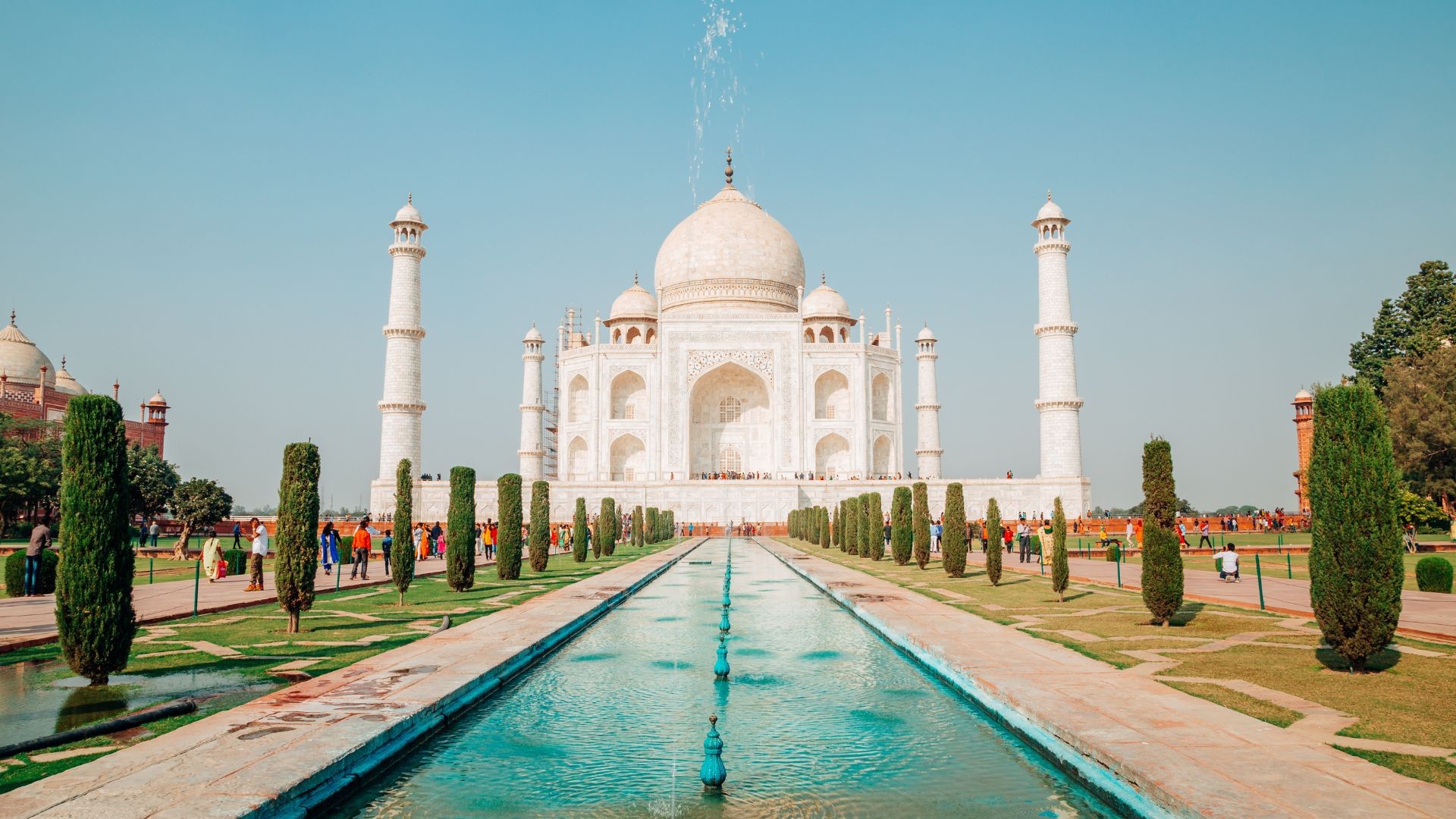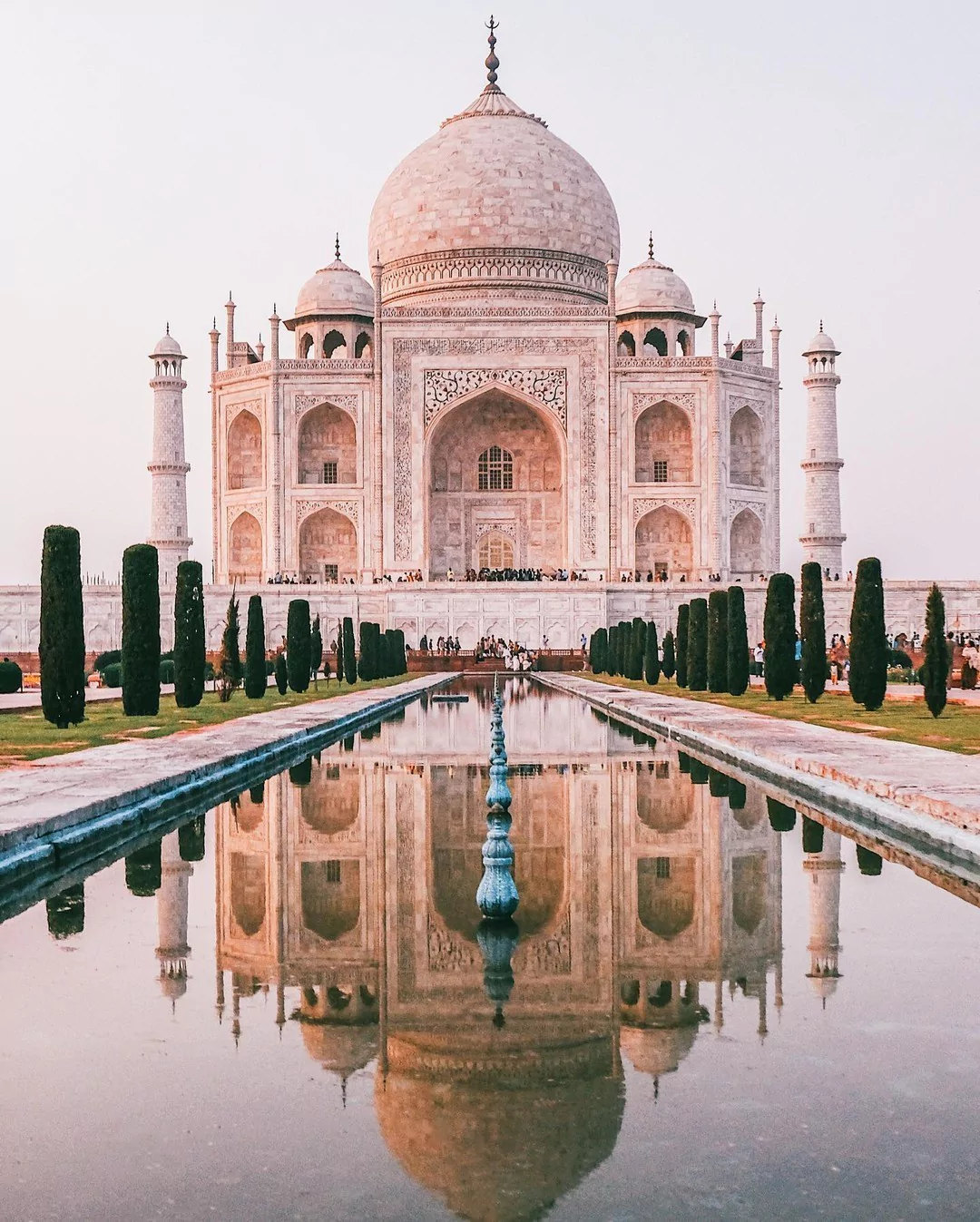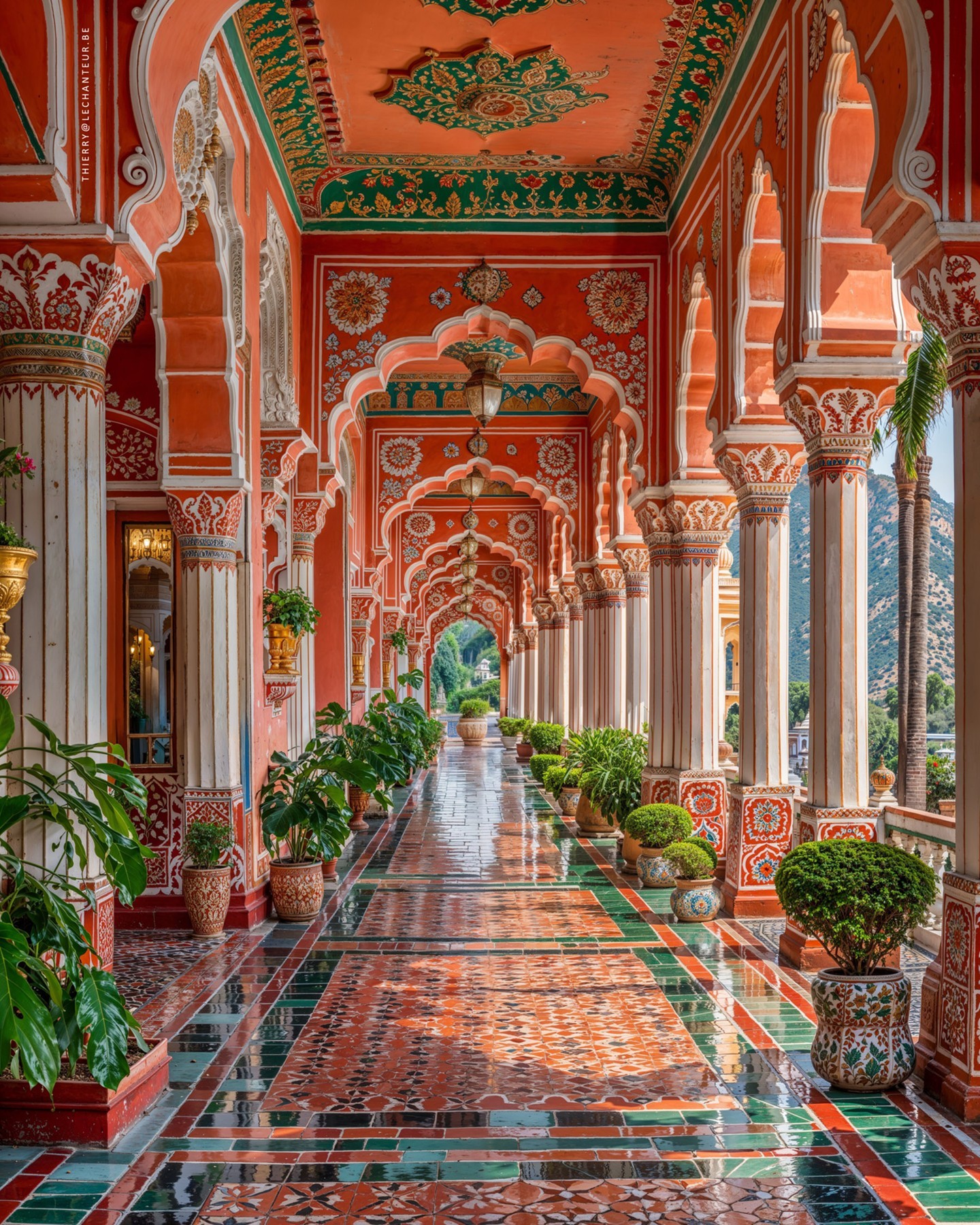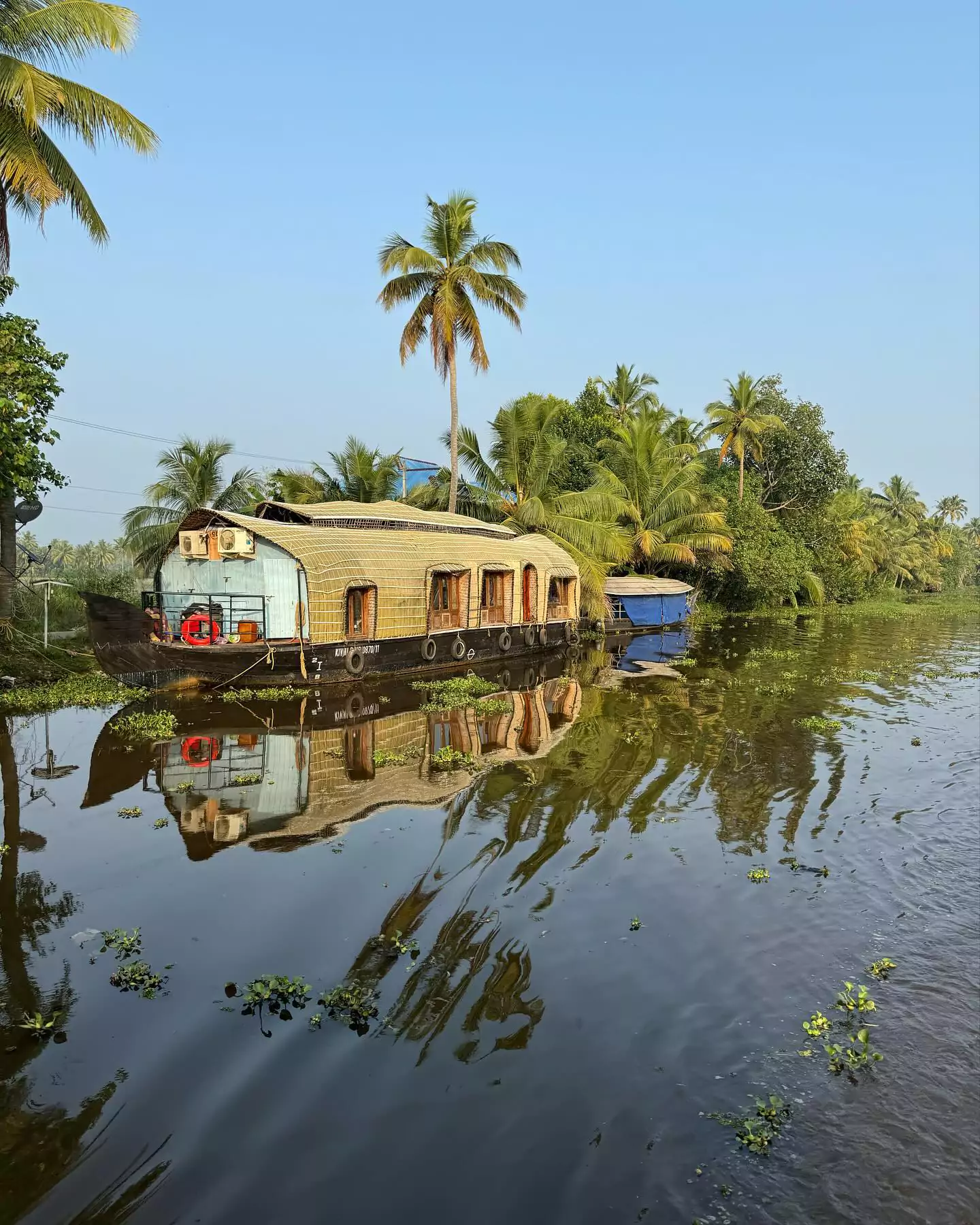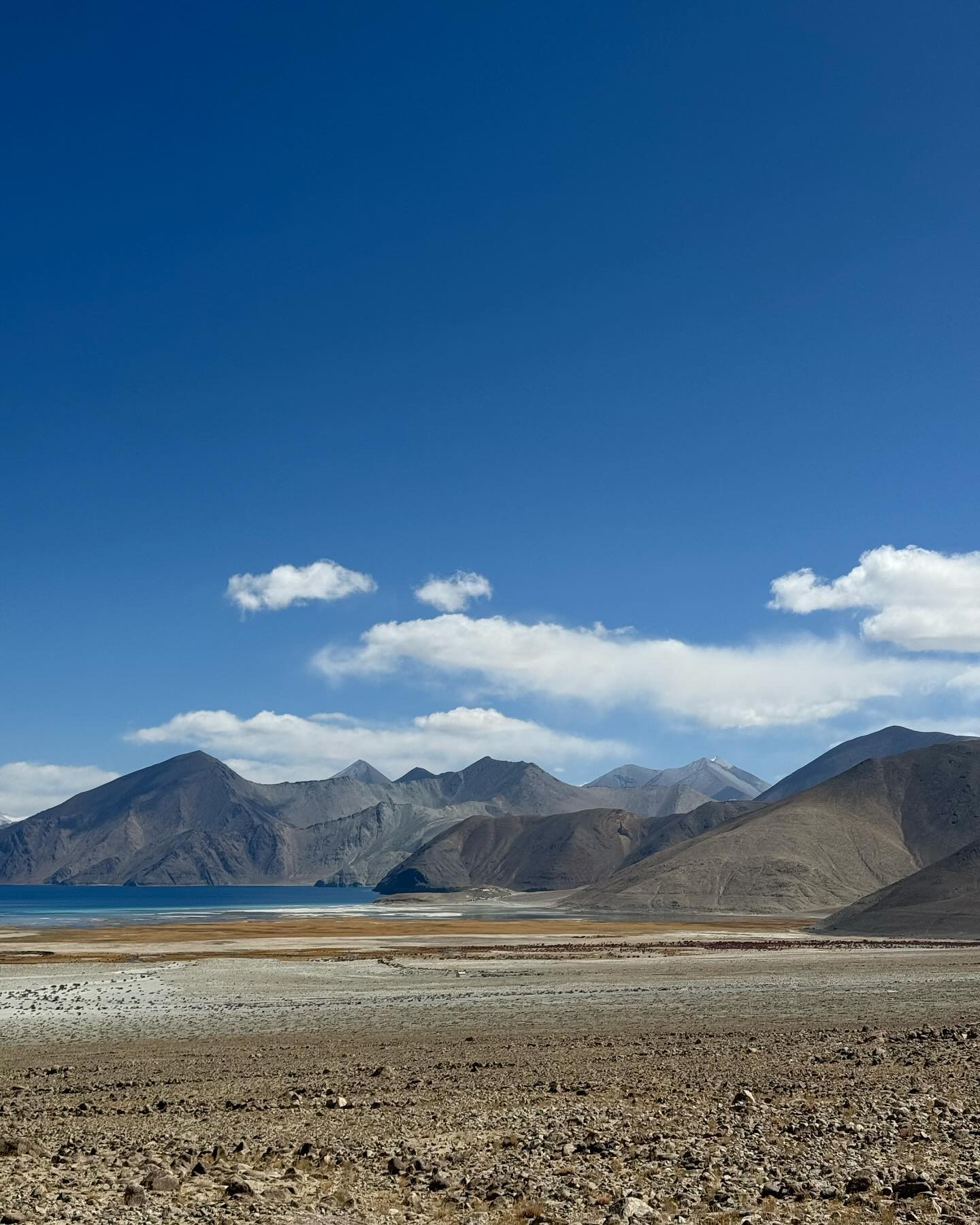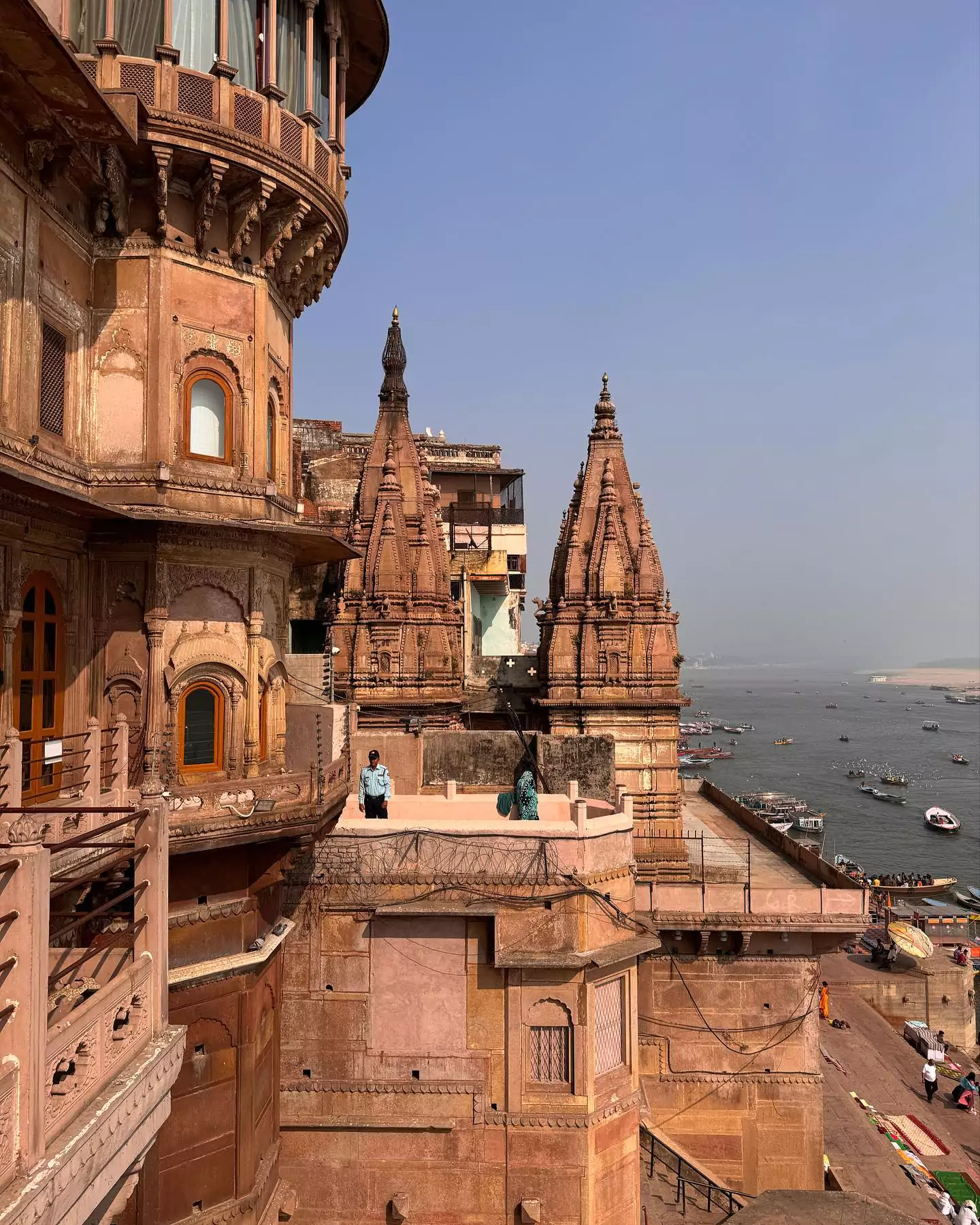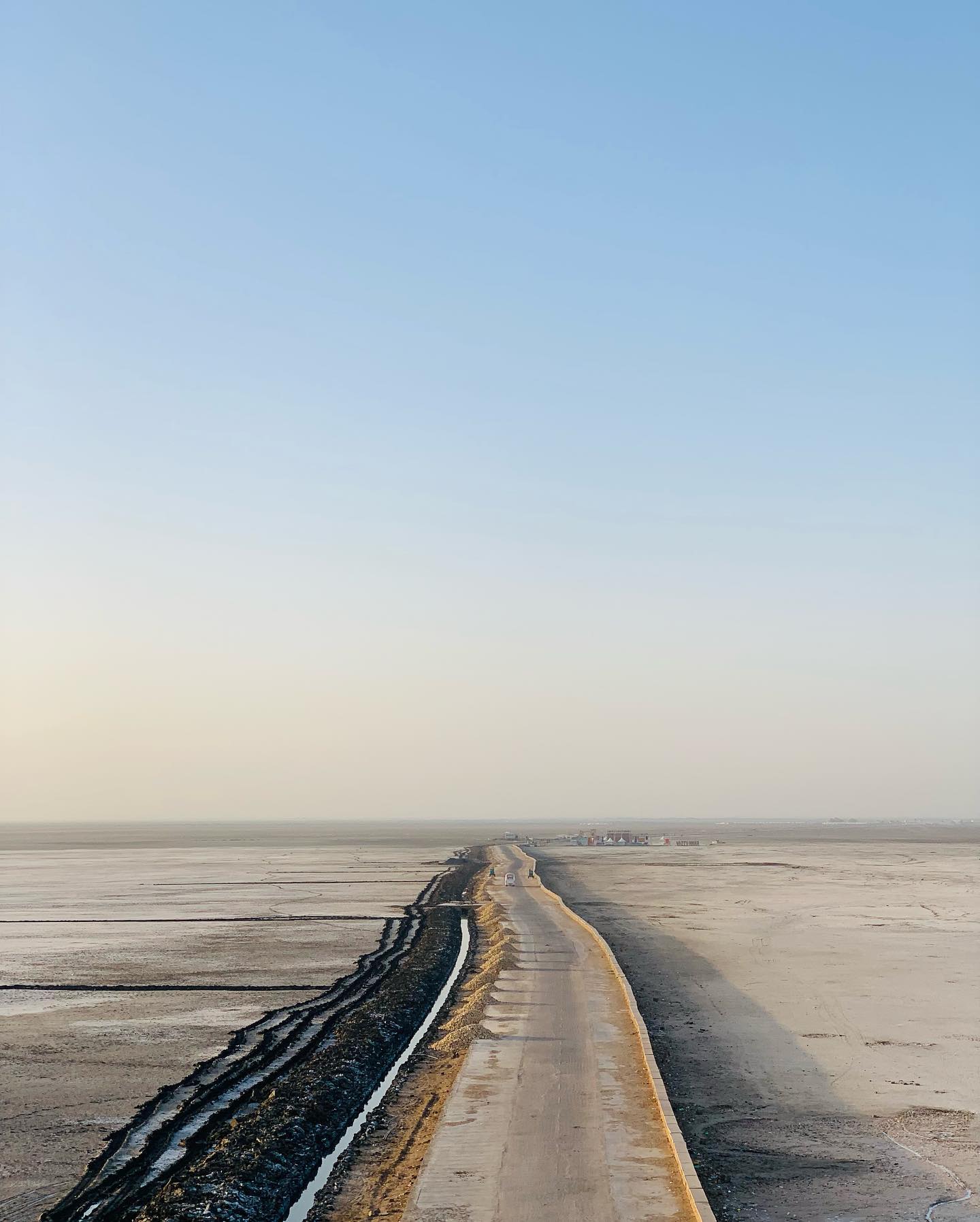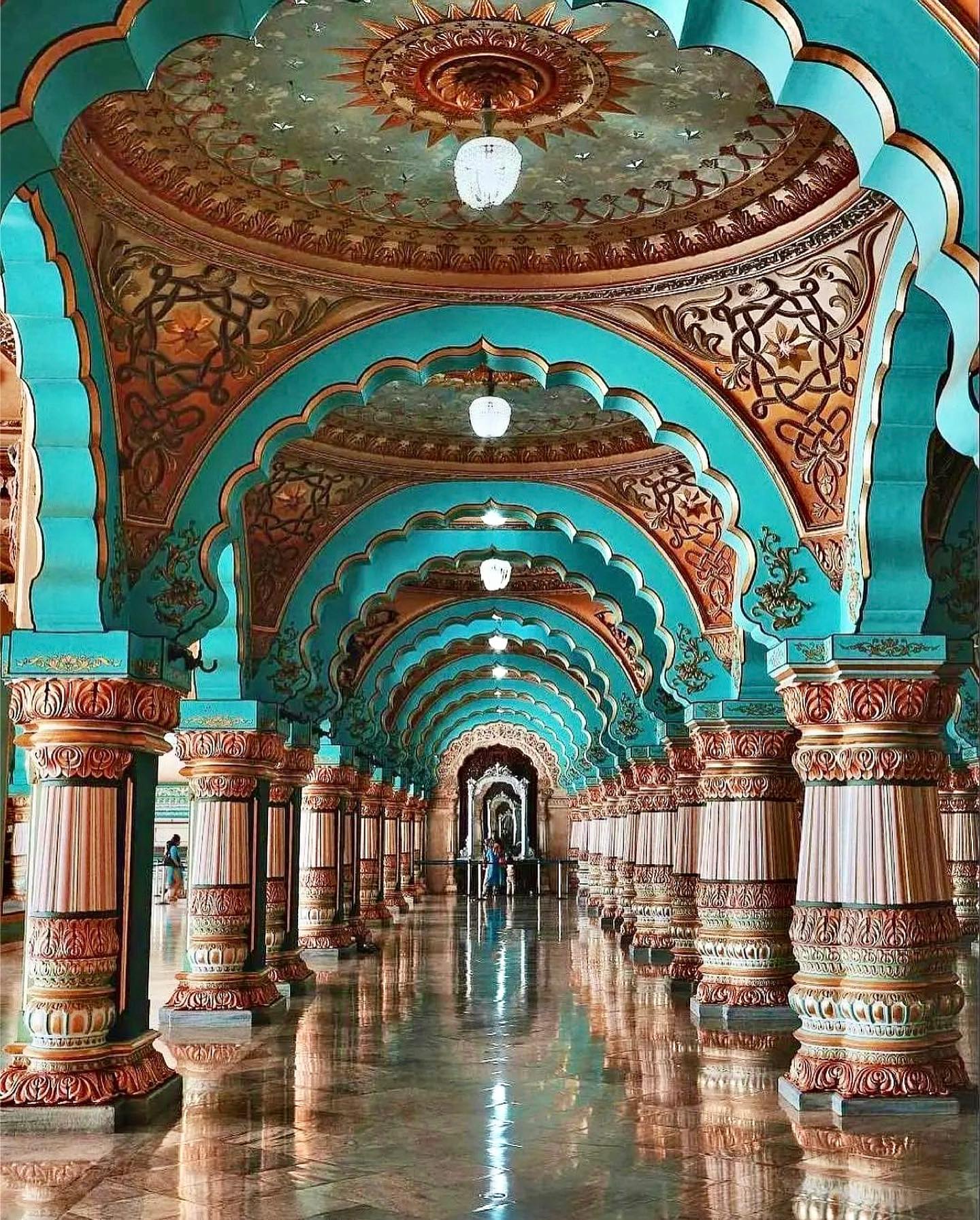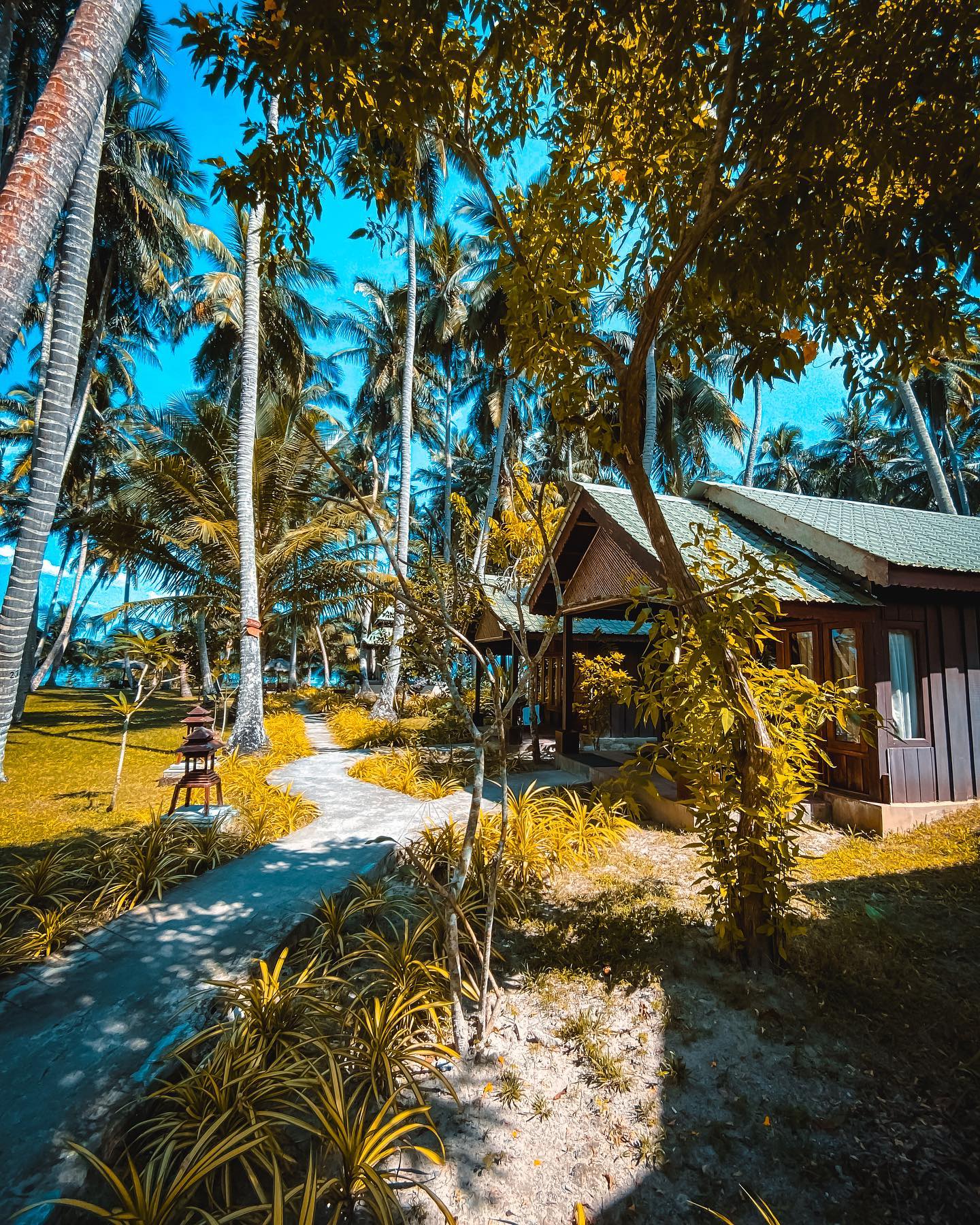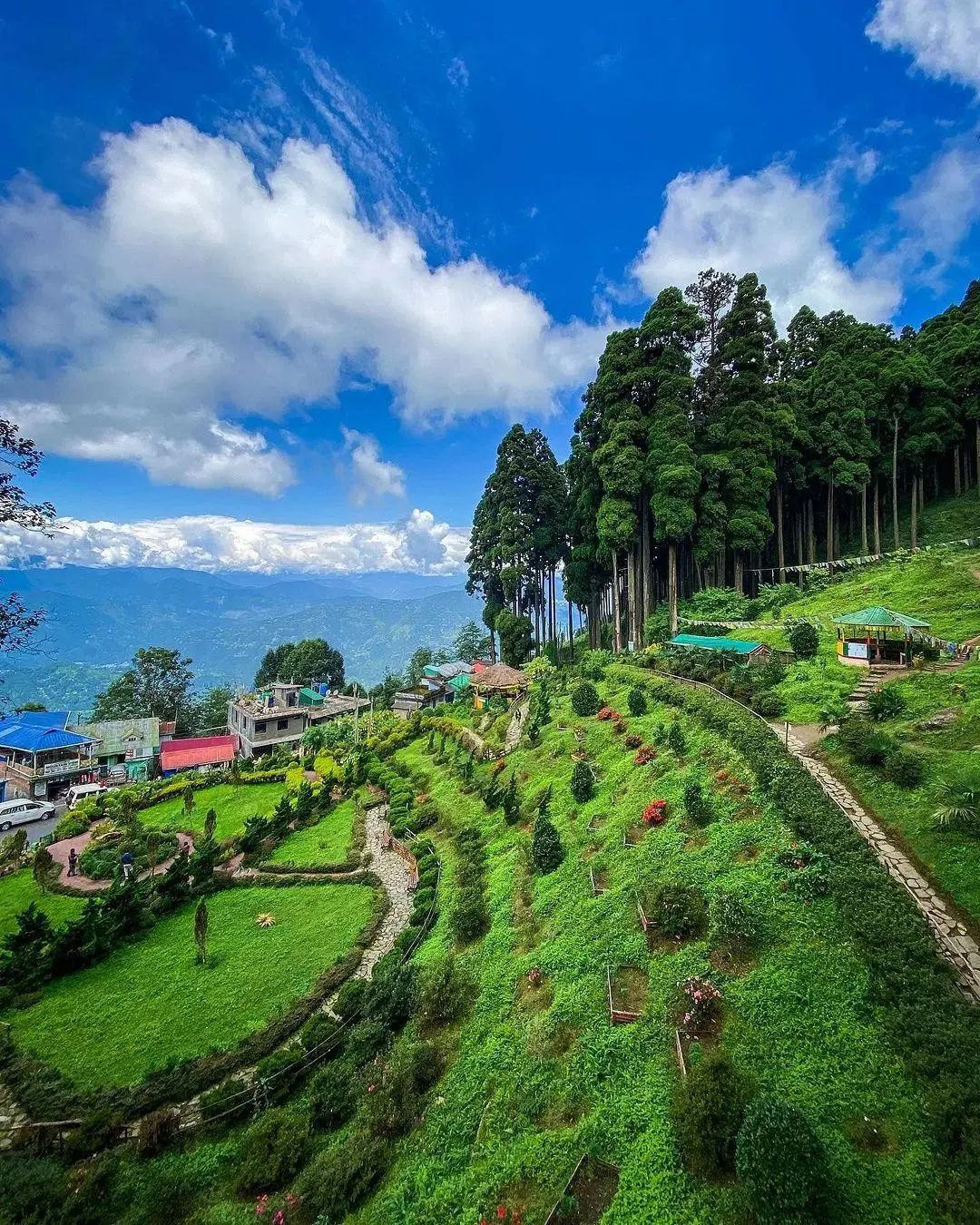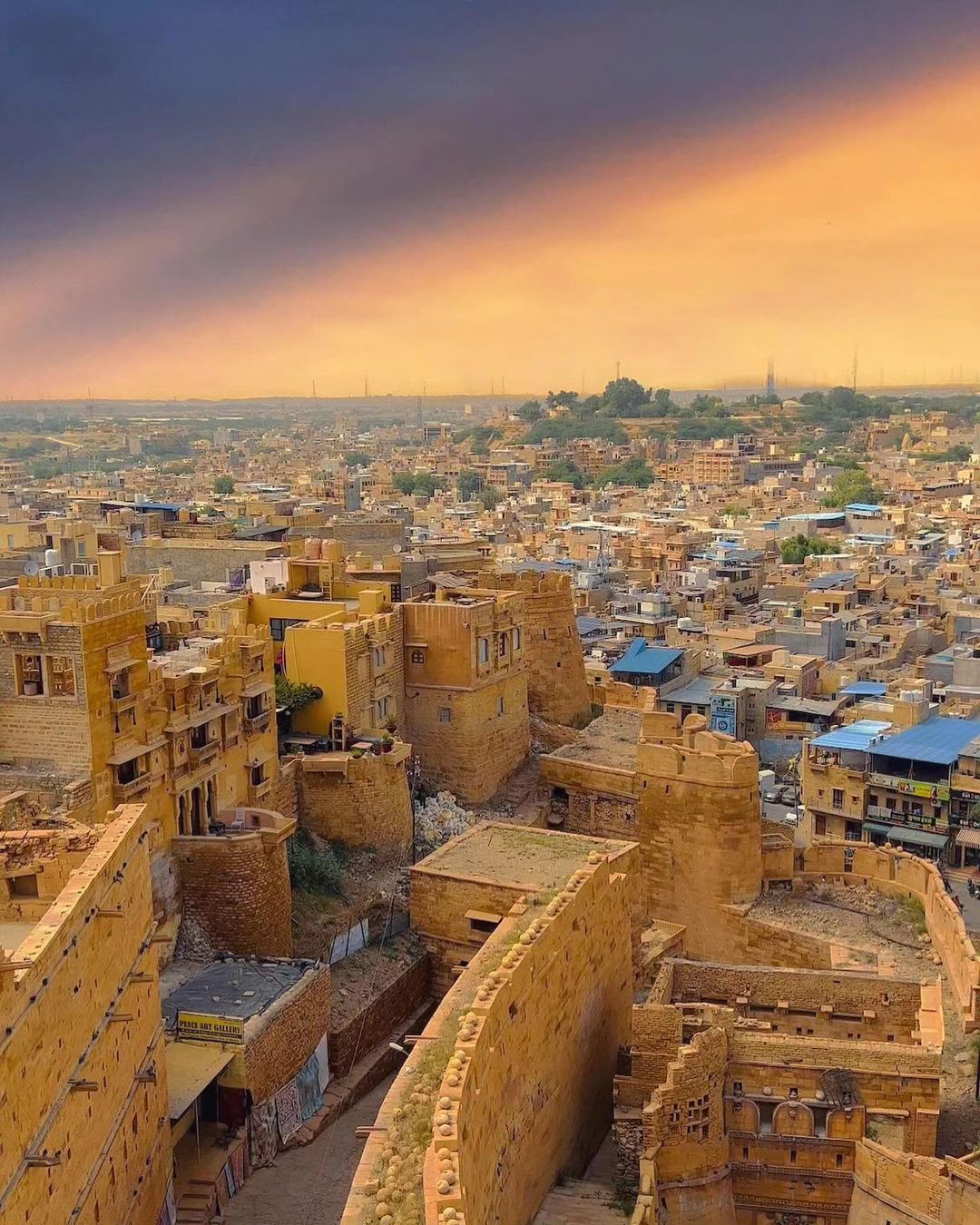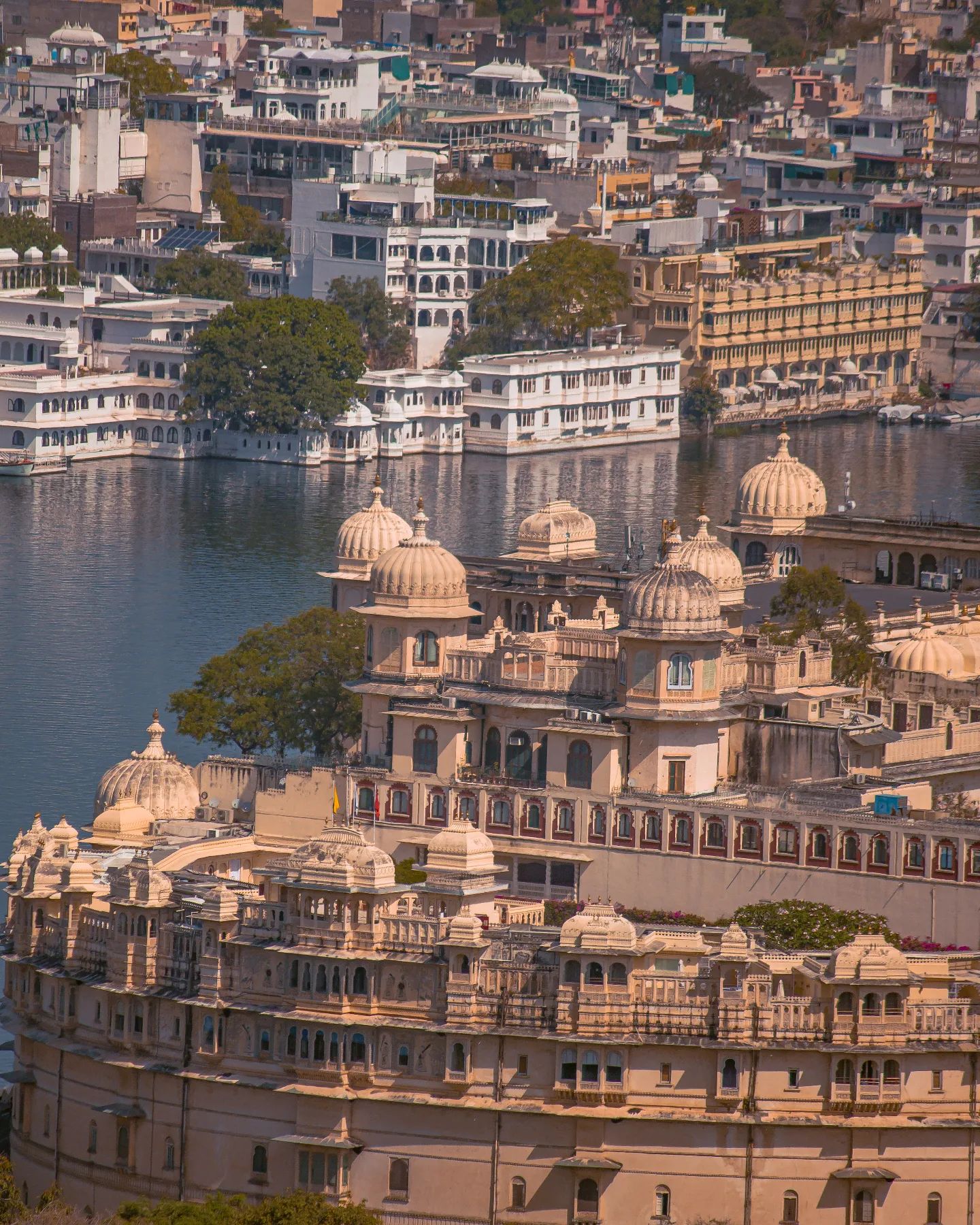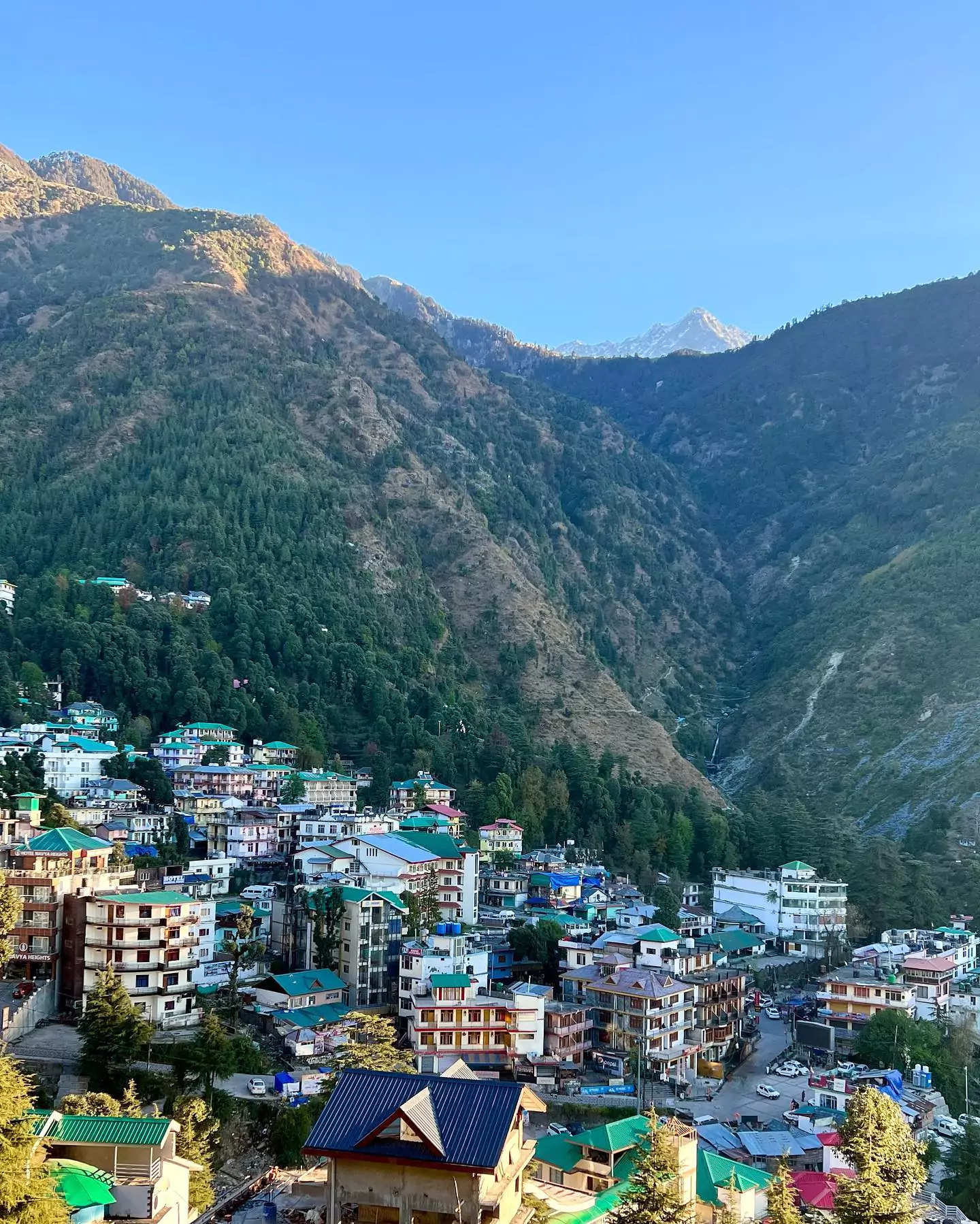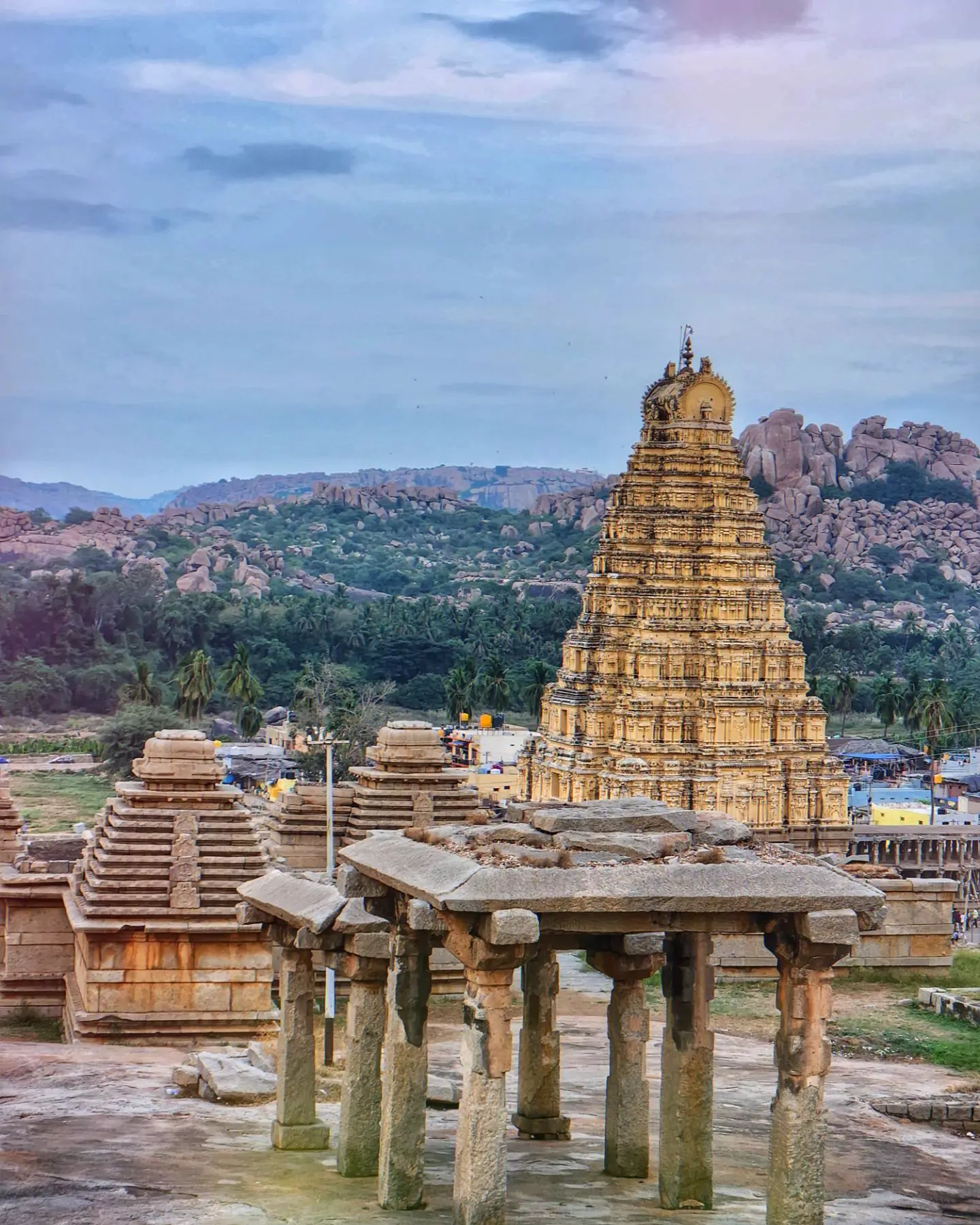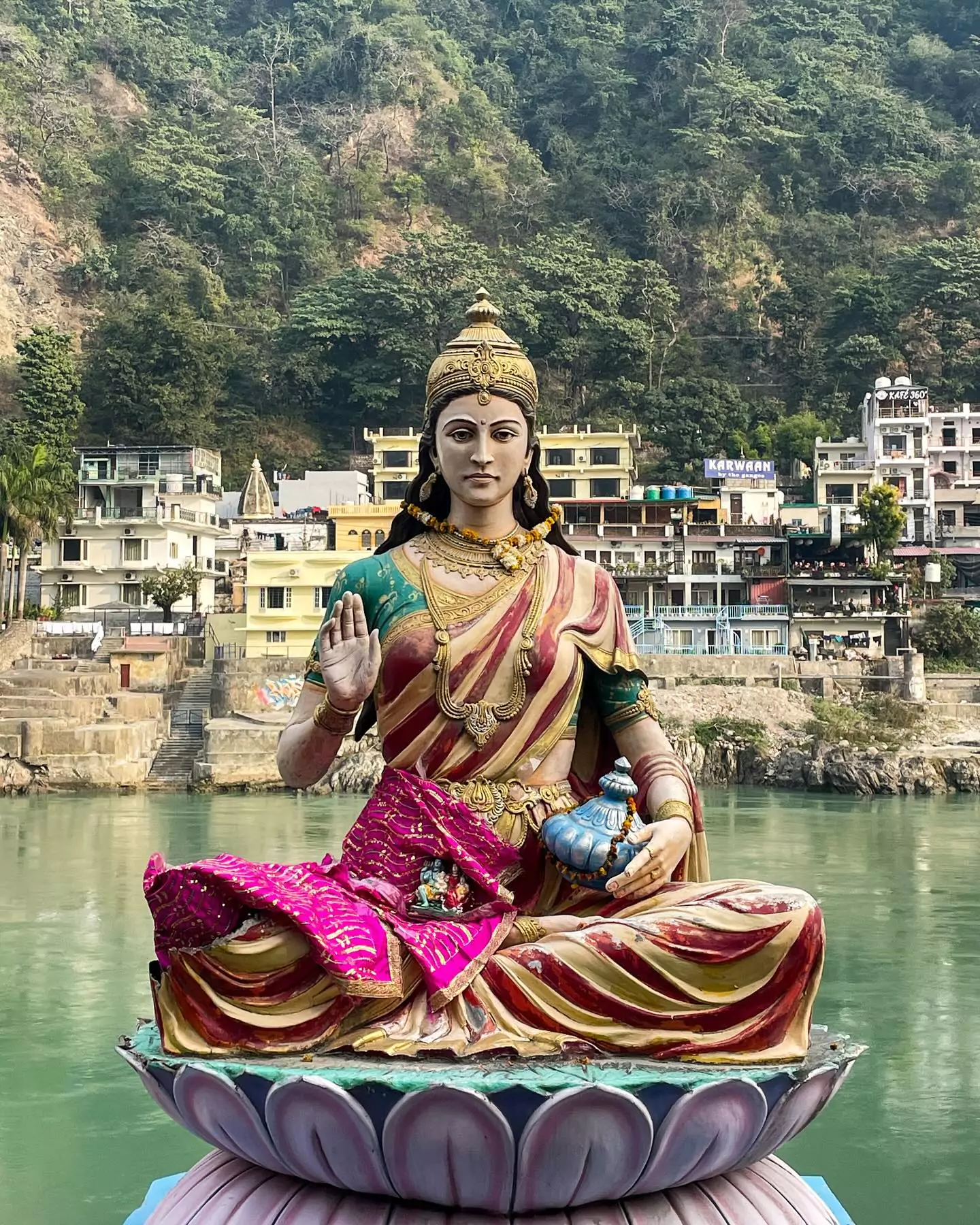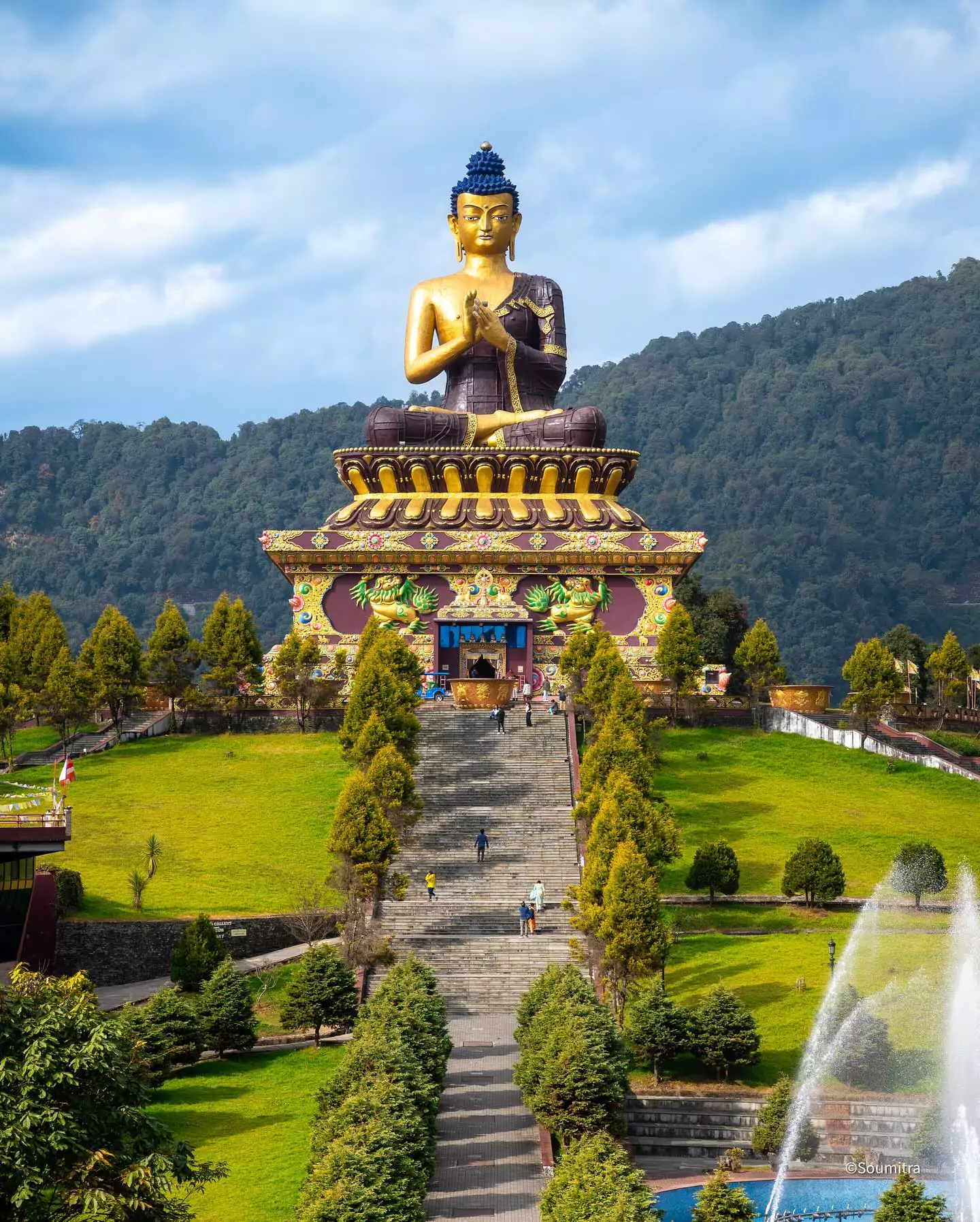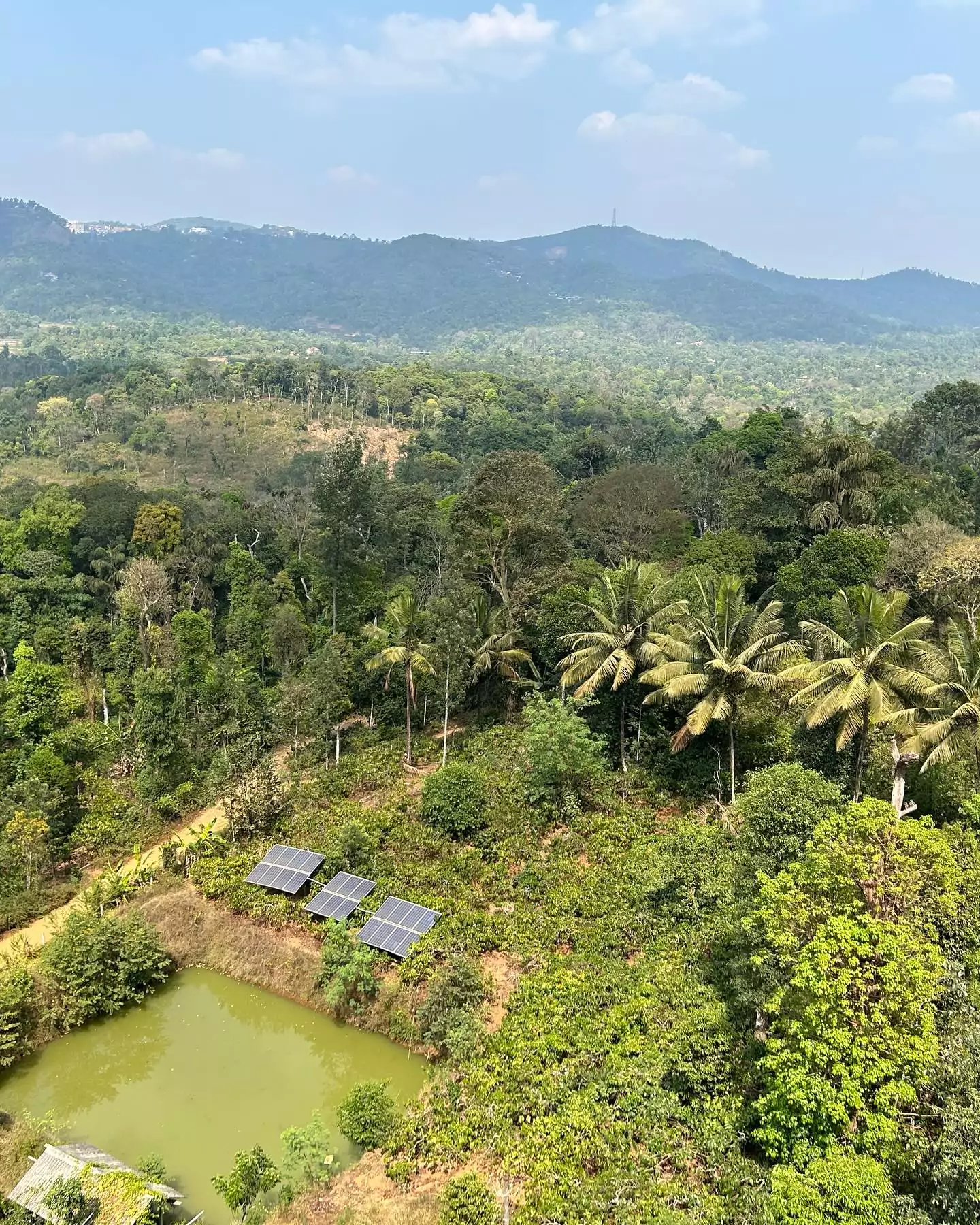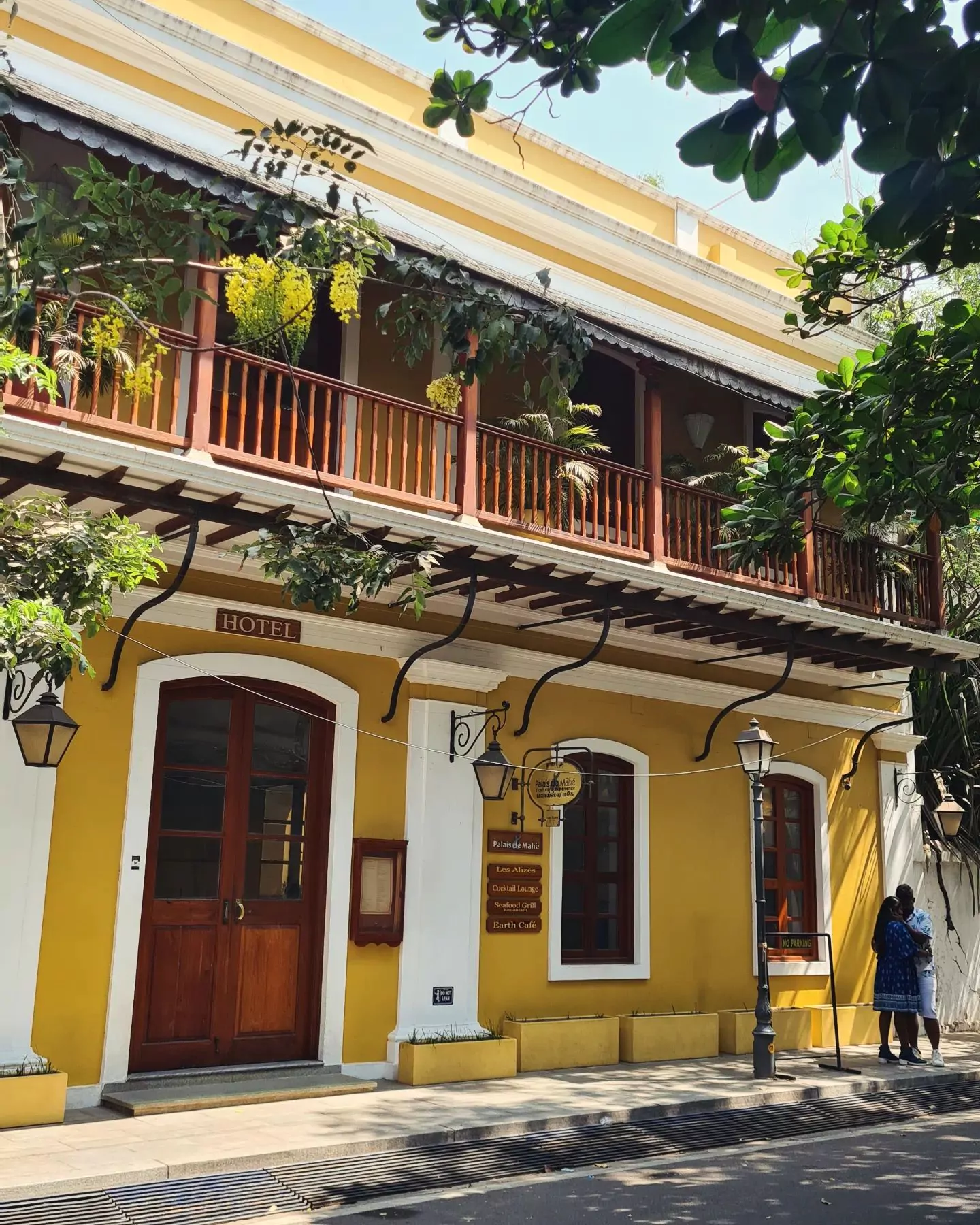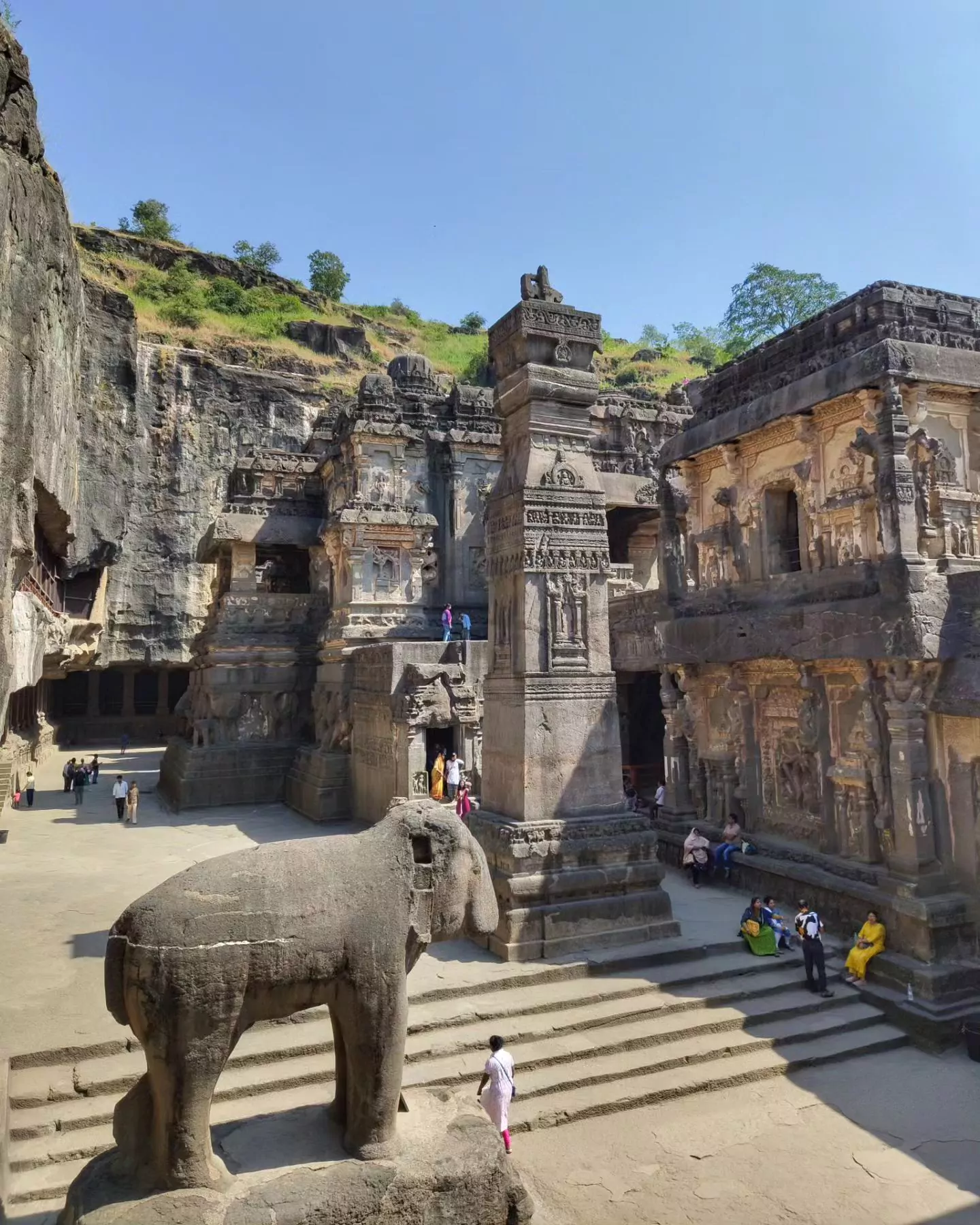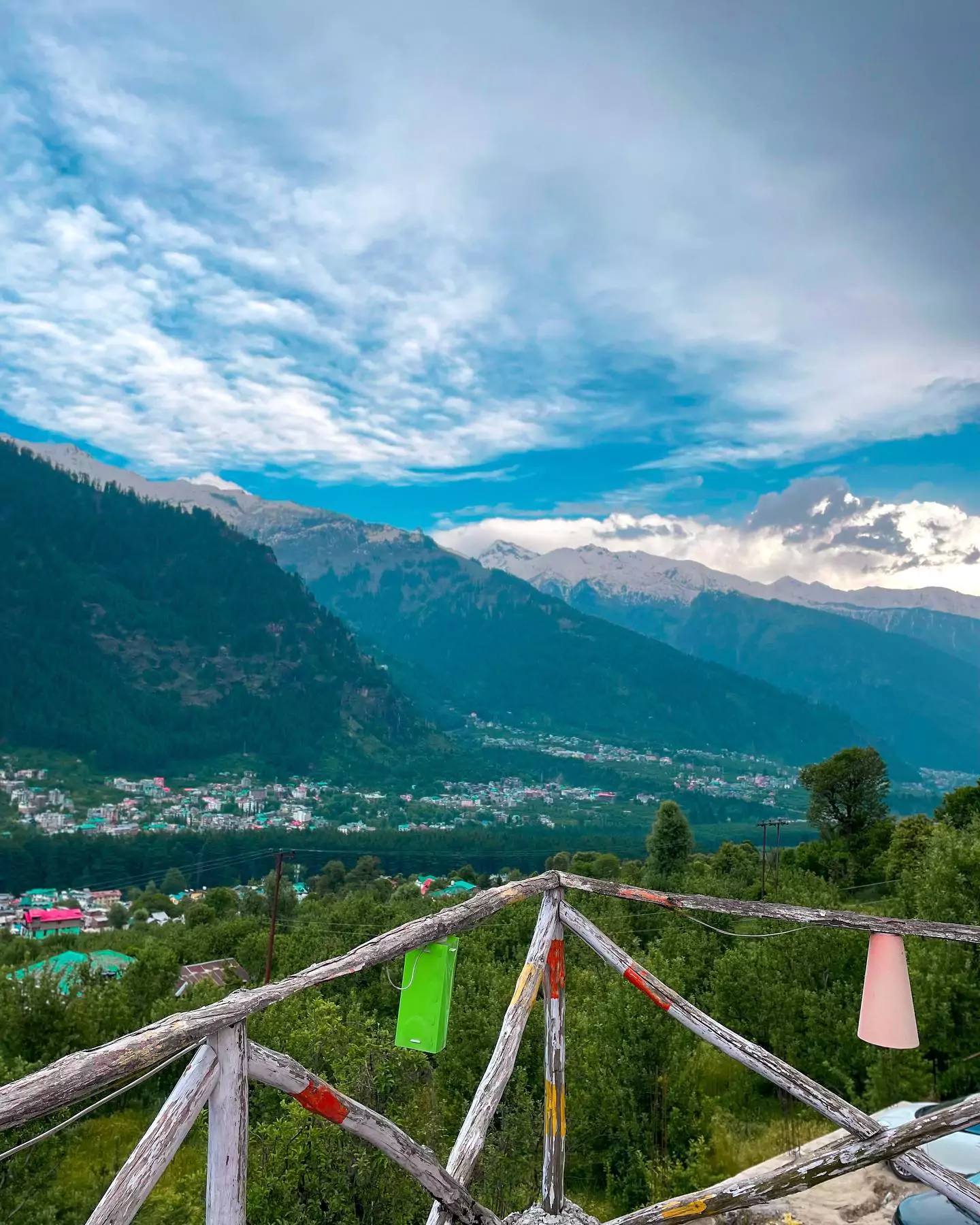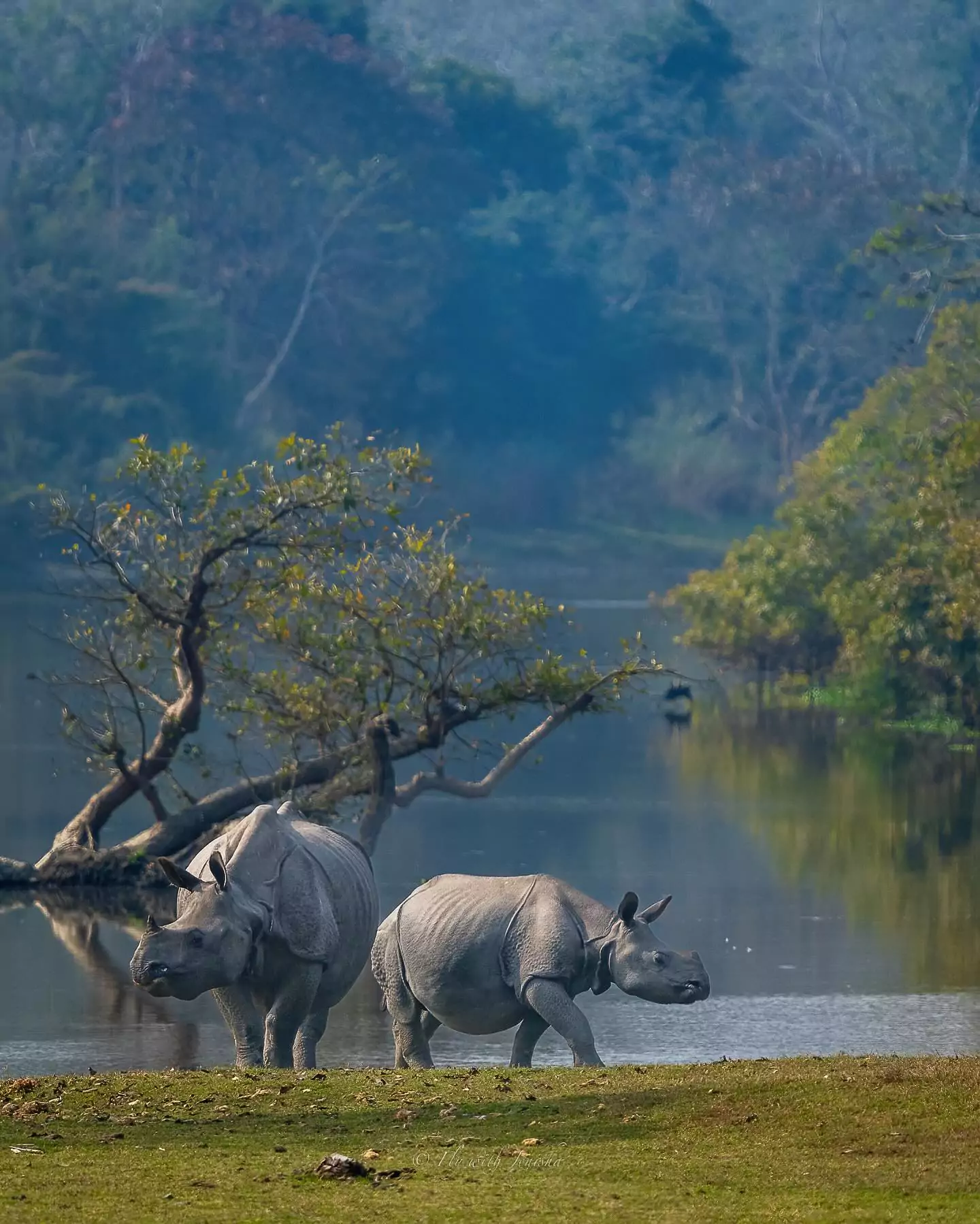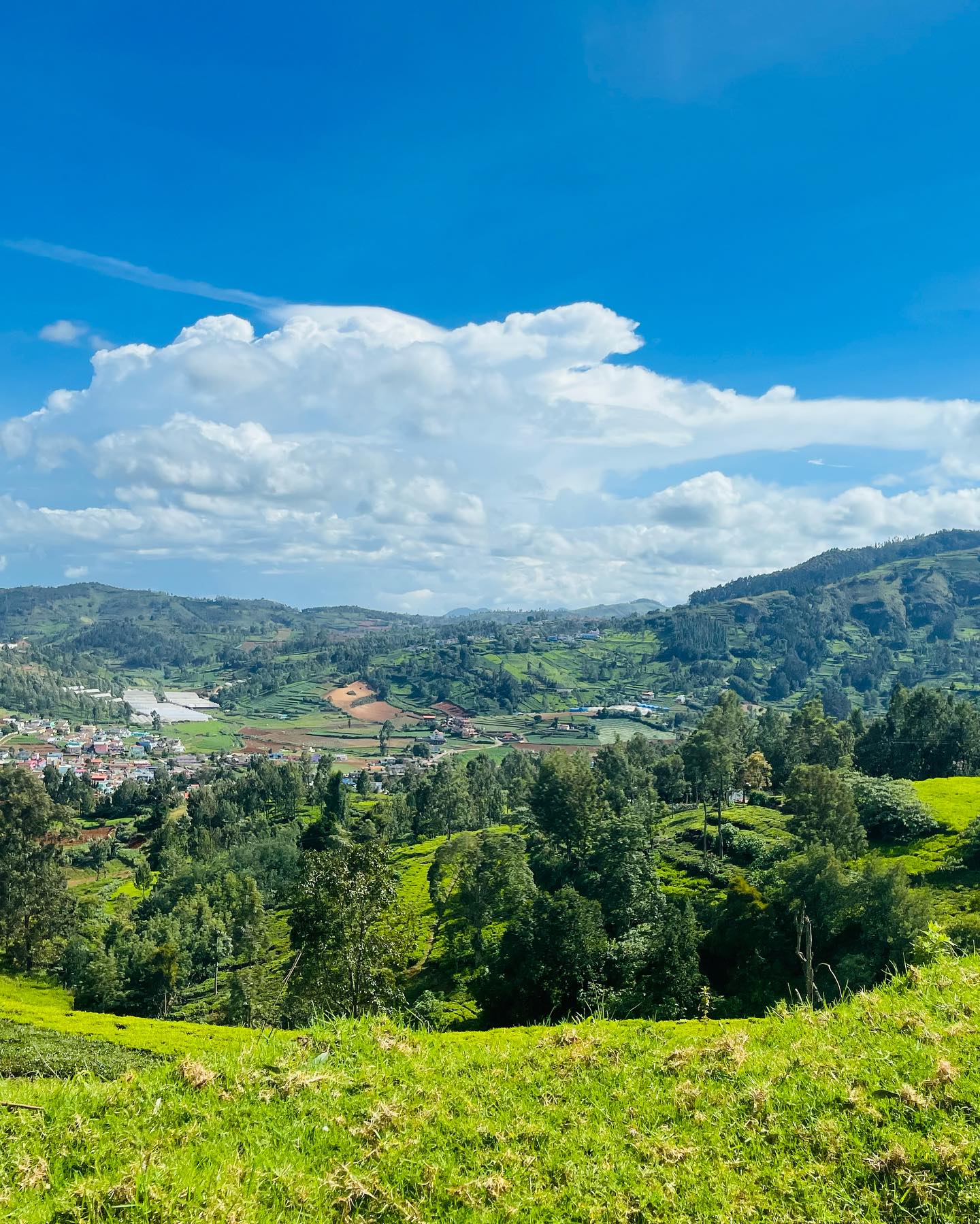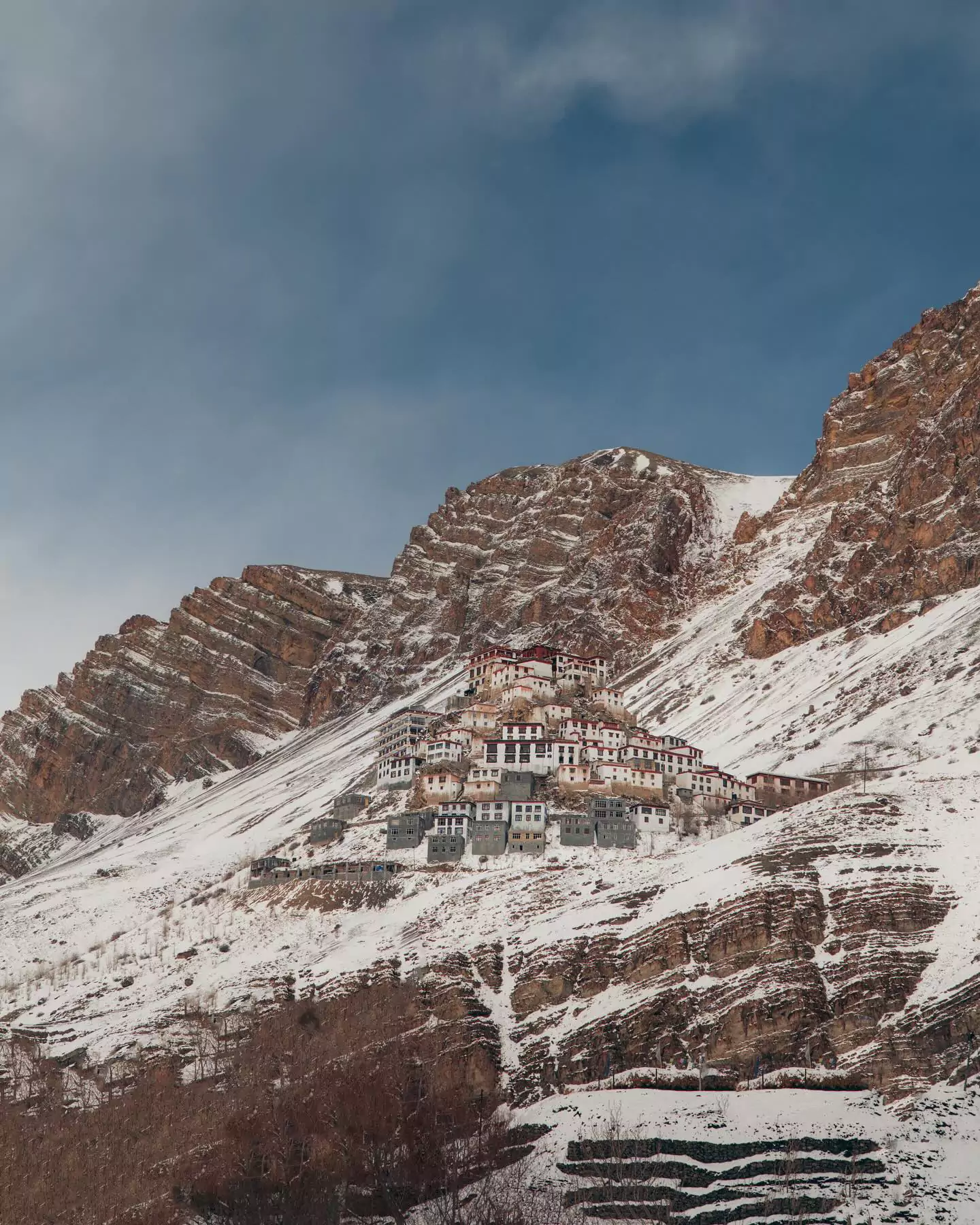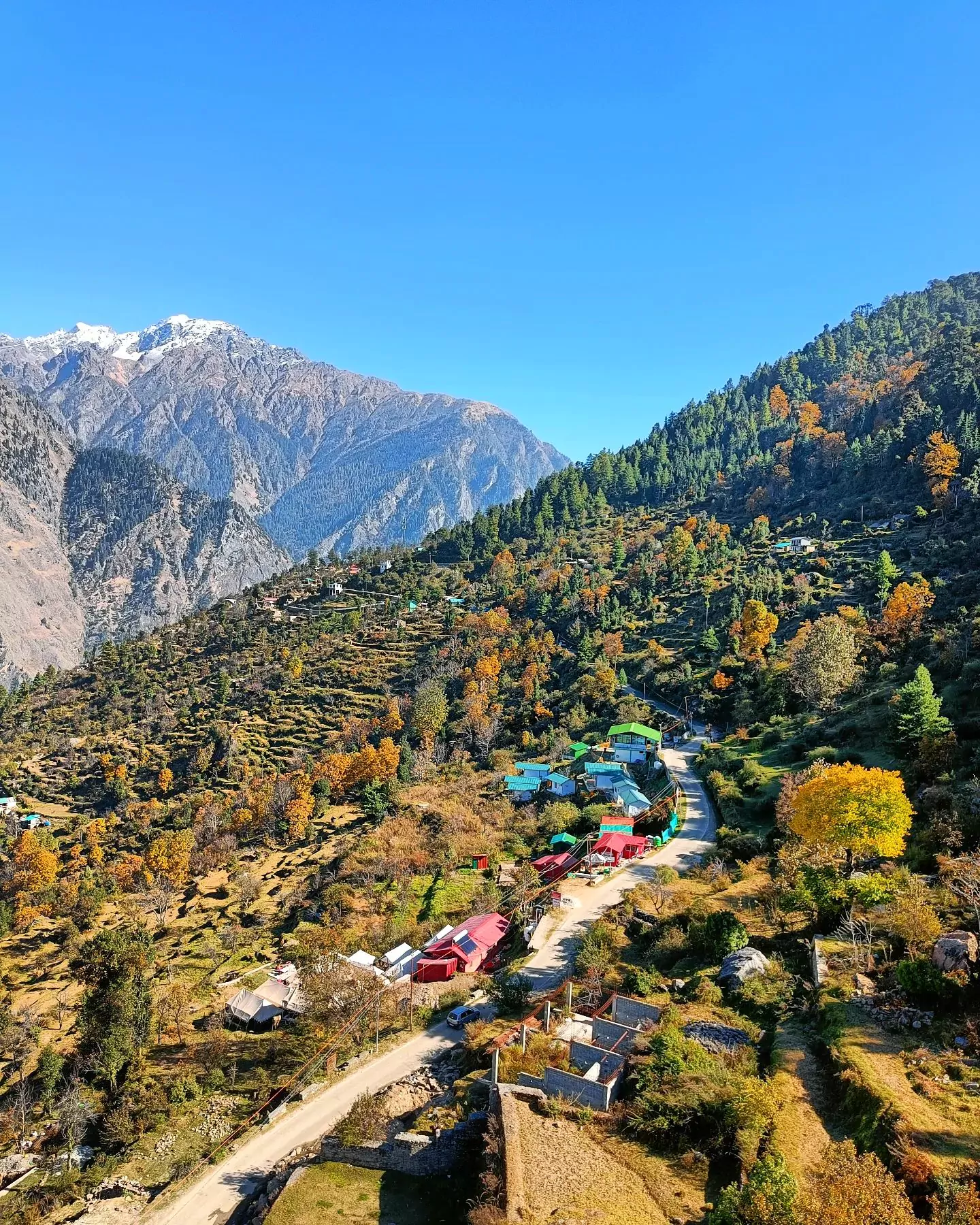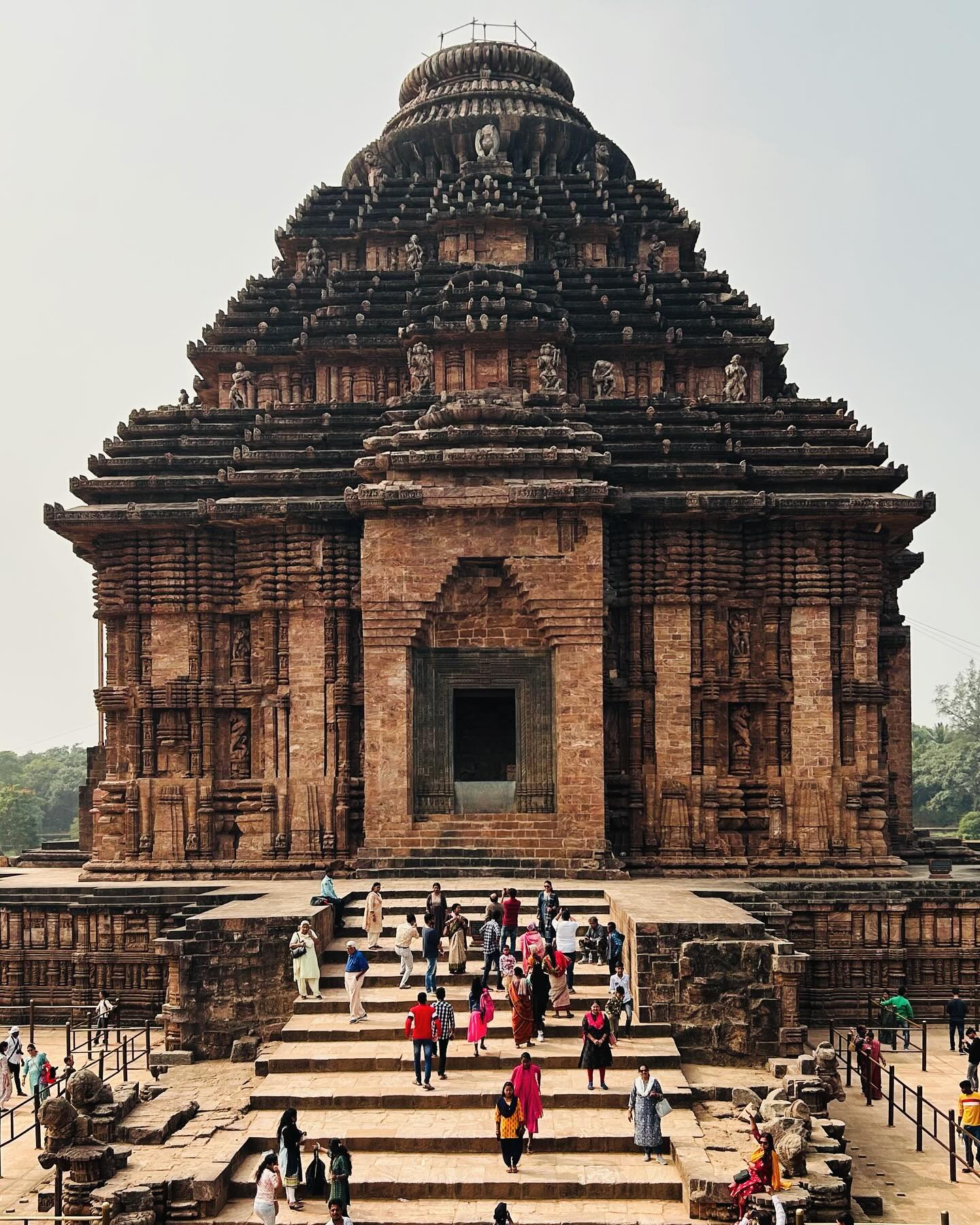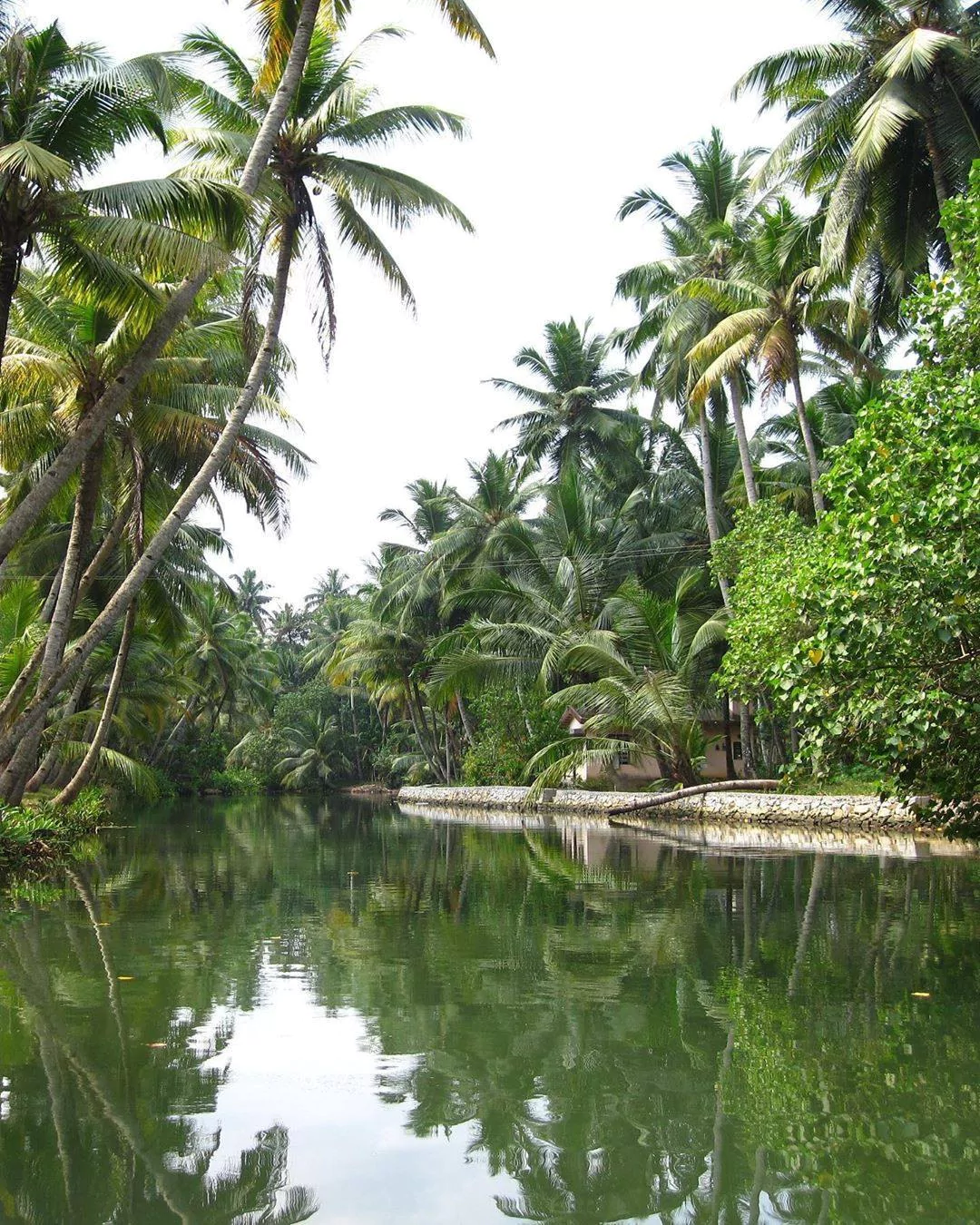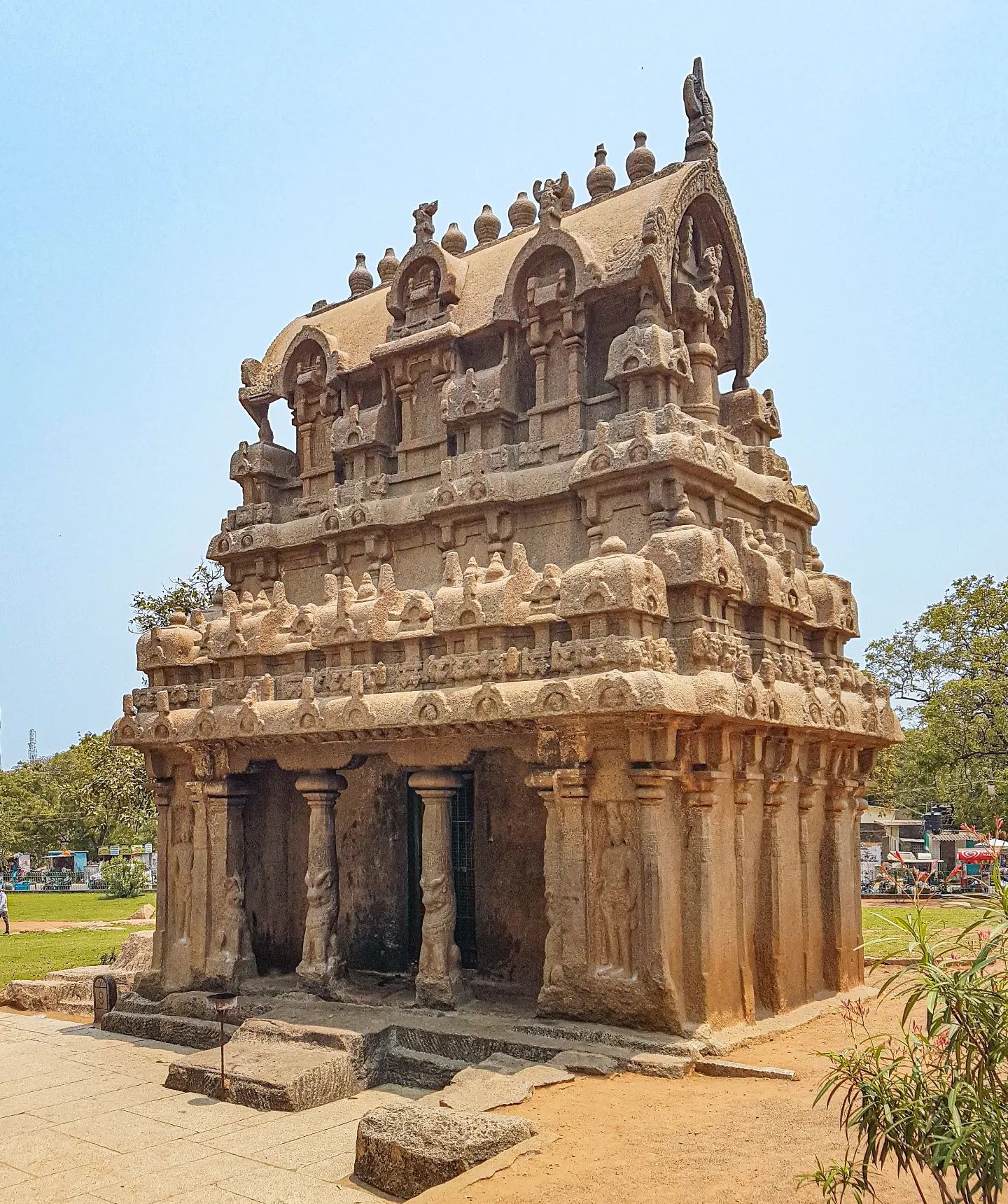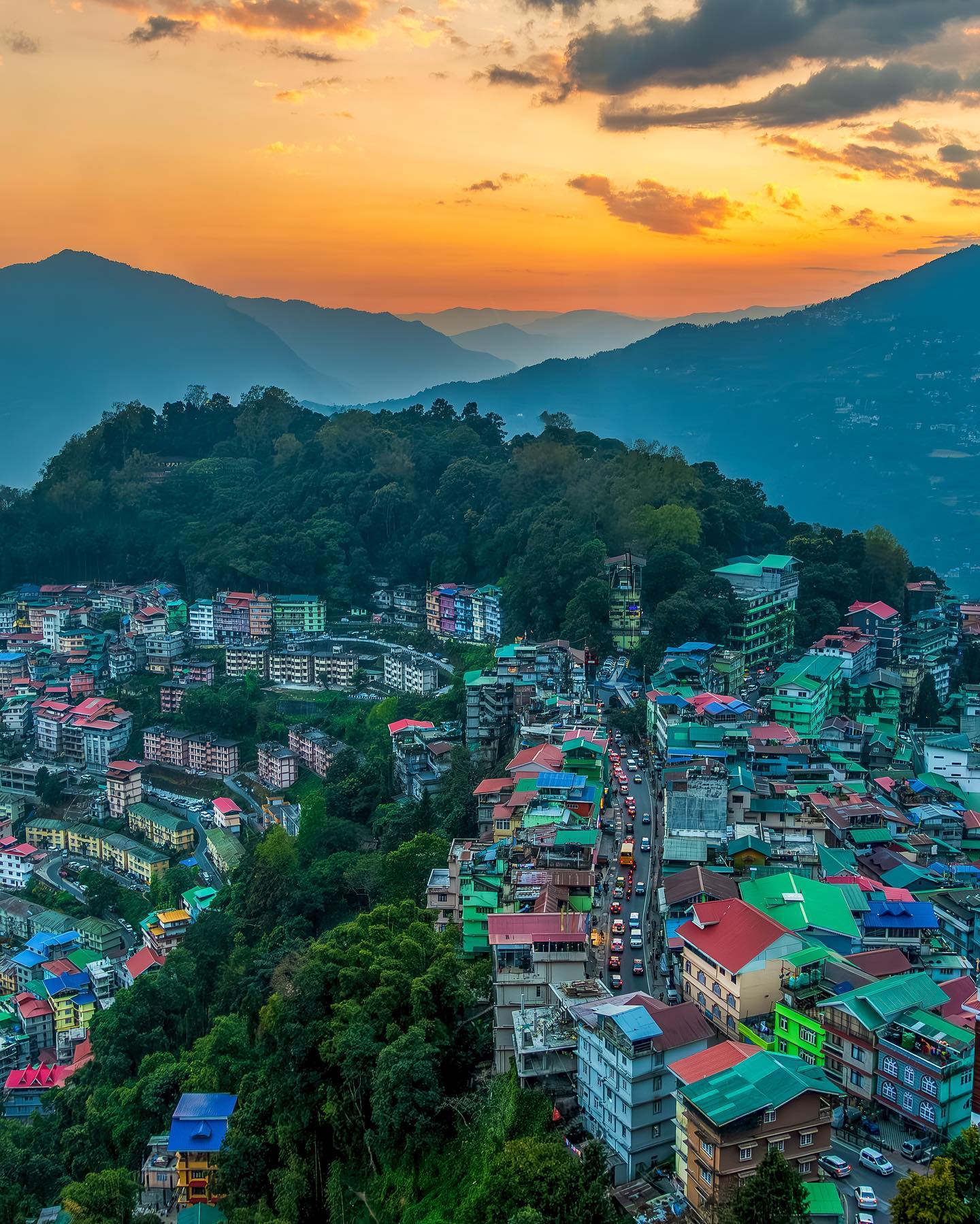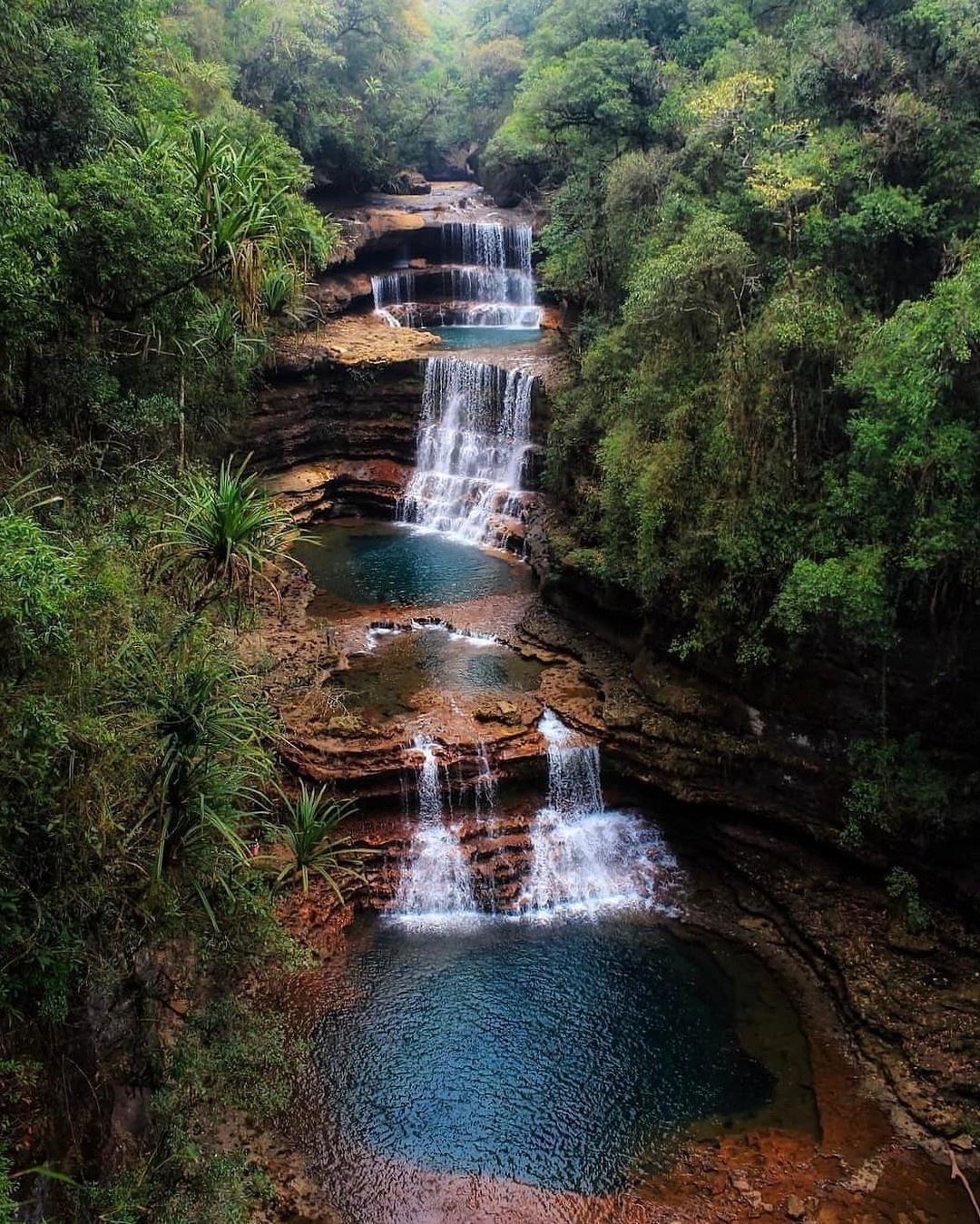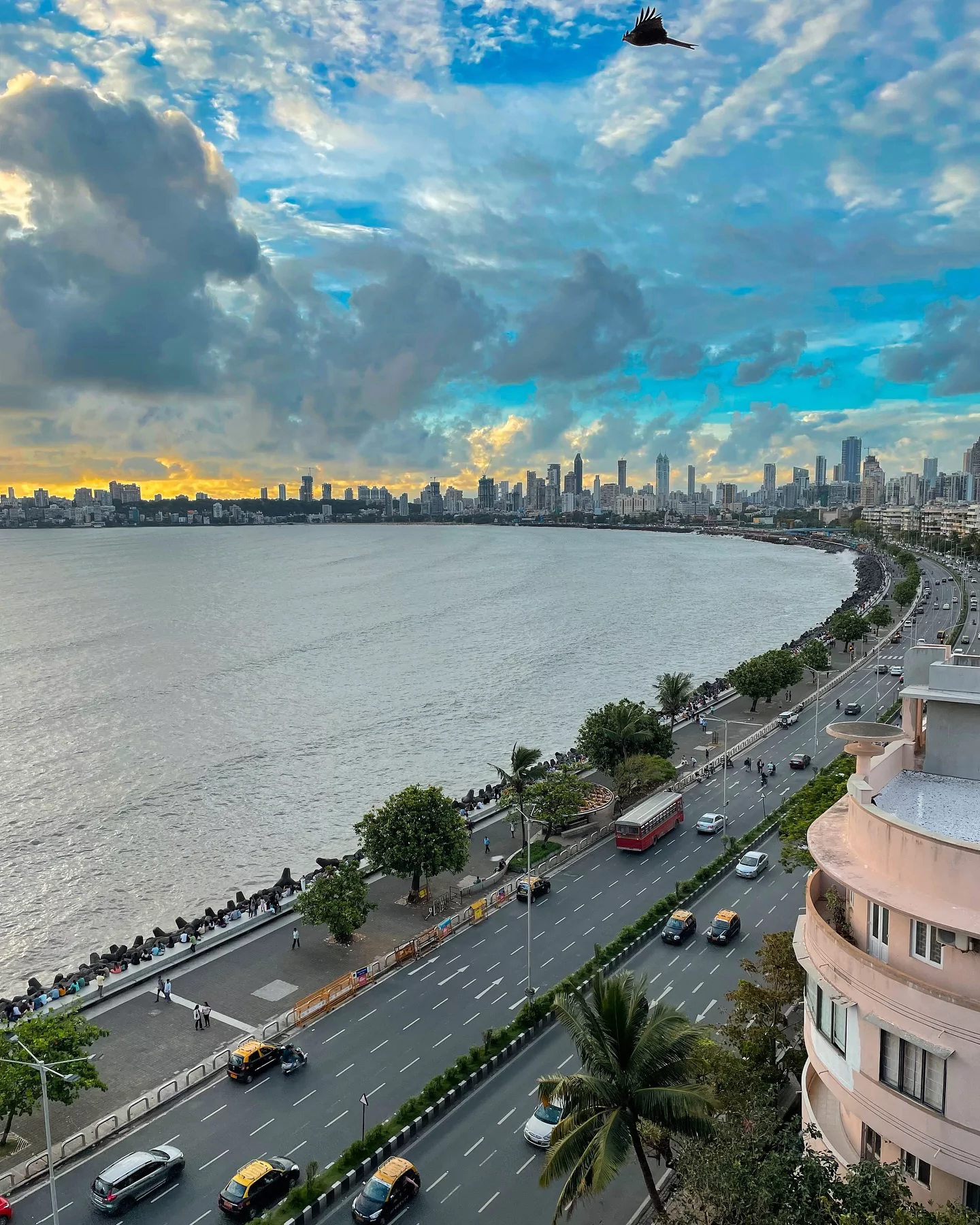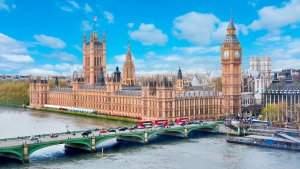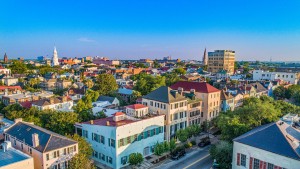India, a country with diverse landscapes and a rich cultural heritage, offers visitors its unique blend of history, nature, spirituality, and adventure. Every corner of this vast country offers an array of mesmerizing experiences, from the snow-capped Himalayas in the north to the sun-washed beaches in the south, from the vast deserts of the west to the lush green forests of the east.
This article takes you on an enthralling journey through 32 of India’s most beautiful locations, each with its distinct story and charm.
1. Taj Mahal, Agra
Photo credit: instagram.com
The Taj Mahal, a UNESCO World Heritage Site and a symbol of love, is an architectural marvel. This ivory-white marble mausoleum, built in memory of Mughal Emperor Shah Jahan’s wife Mumtaz Mahal, attracts millions of visitors due to its breathtaking beauty, intricate carvings, and stunning inlay work. For a pleasant climate, the months of November to February are ideal.
2. Jaipur, Rajasthan
Photo credit: instagram.com
Jaipur, also known as the “Pink City,” is well-known for its royal palaces, vibrant markets, and rich history. The Hawa Mahal, City Palace, and the majestic Amber Fort are all must-sees. Exploring Jaipur allows you to experience the regal lifestyle of India’s royal past. For the best experience, go during the winter months.
3. Kerala Backwaters
Photo credit: instagram.com
The Kerala Backwaters, a network of interconnected canals, rivers, lakes, and inlets, are a unique ecosystem and a must-see. Houseboat rentals provide an unforgettable experience, cruising through tranquil waters and taking in the lush green scenery. From September to March is the best time to visit.
4. Leh-Ladakh, Jammu & Kashmir
Photo credit: instagram.com
Leh-Ladakh is an adventurer’s and nature lover’s dream. It’s a place of serene tranquility, known for its breathtaking landscapes, crystal-clear skies, and Buddhist monasteries like Thiksey Monastery. From May to September, when the roads are clear of snow, is the best time to visit.
5. Goa
Photo credit: instagram.com
Goa, India’s party capital, is well-known for its beautiful beaches, lively nightlife, and Portuguese heritage. There’s something for everyone, from the bustling Baga Beach to the serene Palolem Beach. The best time to visit is from November to February, when the weather is mild and pleasant.
More: Vietnam, Goa, Bali: Most Searched Travel Destinations of 2024
6. Varanasi, Uttar Pradesh
Photo credit: instagram.com
Varanasi, one of the world’s oldest inhabited cities, is a spiritual haven. It’s a culturally rich destination known for its ghats, temples like the Kashi Vishwanath Temple, and the sacred River Ganges. Between November and March is the best time to visit.
7. Rann of Kutch, Gujarat
Photo credit: instagram.com
The Rann of Kutch, a white salt desert, is surreal. The Rann Utsav, a music and dance festival, provides a glimpse into the local culture. The best time to visit is between October and March, when the Rann Festival is held.
8. Mysore, Karnataka
Photo credit: instagram.com
Mysore, Karnataka’s cultural capital, is famous for the Mysore Palace, gardens, and the annual Dasara Festival. It’s a city that combines historical charm with modern conveniences. Visit between October and February, when temperatures are cooler.
9. Andaman and Nicobar Islands
Photo credit: instagram.com
These islands are a tropical paradise, complete with pristine beaches such as Radhanagar Beach, coral reefs, and a variety of water sports. The indigenous Andamanese people live on the islands, providing a unique cultural experience.
The lush rainforests and rare wildlife, such as sea turtles and saltwater crocodiles, make it a nature lover’s paradise. The best months to visit are November through May, when the weather is ideal for beach activities and exploring the diverse marine life.
10. Darjeeling, West Bengal
Photo credit: instagram.com
Darjeeling, known for its tea plantations and the Darjeeling Himalayan Railway, a UNESCO World Heritage Site, offers breathtaking views of the Kanchenjunga peaks. The architecture and vibrant cultural festivals reflect the town’s rich colonial history.
Visitors can partake in a variety of local activities, including tasting the renowned Darjeeling tea and trekking in the surrounding hills. Visit between April and June for pleasant weather, clear skies, and the best Himalayan views.
More: 10 Most Luxurious Hotels in Asia
11. Jaisalmer, Rajasthan
Photo credit: instagram.com
Jaisalmer, also known as the “Golden City,” is famous for its sandstone forts, camel safaris in the Thar Desert, and the Jaisalmer Fort. The intricate havelis of the city and the annual Desert Festival, which showcases Rajasthani folk music and dance, add to its allure.
The desert’s starry nights and the experience of camping under the open sky combine to create an unforgettable experience. Winter, especially between November and March, is the best time to visit, providing a respite from the desert heat and an opportunity to see the city at its most vibrant.
12. Shimla, Himachal Pradesh
Photo credit: instagram.com
Shimla, once British India’s summer capital, is famous for its Victorian architecture, the Mall Road, and the toy train. The surrounding Deodar forests and the Jakhu Temple, which offers panoramic views of the Shivalik ranges, add to its scenic beauty.
The town’s rich cultural heritage, as well as the variety of outdoor activities available, such as trekking and skiing, make it an appealing year-round destination. Shimla’s winter snowfall is especially appealing, creating a picturesque winter wonderland.
13. Udaipur, Rajasthan
Photo credit: instagram.com
Udaipur, recognized as the “City of Lakes,” is for its magnificent palaces and lakes. The Lake Palace and City Palace are must-see attractions because of their intricate architecture and royal grandeur. The vibrant art scene, bustling bazaars, and peaceful boat rides on Lake Pichola add to the city’s allure.
Other notable attractions include the Jagdish Temple and the picturesque Sajjangarh Monsoon Palace. The best time to visit Udaipur is from September to March when the weather is mild and ideal for sightseeing and learning about the local culture.
14. McLeod Ganj, Himachal Pradesh
Photo credit: instagram.com
McLeod Ganj, the Dalai Lama’s residence, is a fusion of Tibetan culture and British influence. This hill station is a spiritual and educational hotspot with its monasteries, museums, and Tibetan institutions. It’s a trekker’s dream, with trails leading to Triund and the Indrahar Pass providing breathtaking views.
Tibetan handicrafts and cuisine can be found in abundance at the local markets. Summer is the best time to visit because the weather is mild and the natural beauty is at its peak.
15. Hampi, Karnataka
Photo credit: instagram.com
Hampi, a UNESCO World Heritage Site, is a living history museum with ruins dating back to the Vijayanagara Empire. Highlights include the Virupaksha Temple, Vittala Temple, and the Hampi Bazaar, which showcase ancient India’s architectural brilliance.
The surreal landscape of boulder-strewn hills and the Tungabhadra River enhances the mystical atmosphere. The best time to visit for history buffs and photographers is from October to February, when the weather is cool and conducive to exploration.
More: 9 Beautiful Islands in Asia Worth Visiting
16. Rishikesh, Uttarakhand
Photo credit: instagram.com
Rishikesh is known as the “Yoga Capital of the World” for its spiritual atmosphere, yoga centers, and adventure sports such as white-water rafting. In addition, the town provides tranquil experiences such as evening Ganga Aarti at Triveni Ghat and meditation sessions.
The Beatles Ashram, a memorial to the town’s influence on the famous band, is a popular cultural attraction. From late September to mid-November is the best time to visit because the weather is pleasant and the river is ideal for rafting.
17. Sikkim
Photo credit: instagram.com
Sikkim, with its monasteries, lush valleys, and the majestic Kangchenjunga, provides a peaceful and scenic mountain retreat. This small but beautiful state is a biodiversity hotspot, with numerous sanctuaries housing a diverse range of flora and fauna. Sikkim’s rich cultural tapestry is evident in its festivals, cuisine, and art, which are influenced by Buddhist and Nepalese traditions.
Must-see attractions include the Rumtek Monastery and the mesmerizing Gurudongmar Lake. The best months to visit are March to June and September to December, when the weather is ideal for trekking and admiring the Himalayas’ panoramic views.
18. Coorg, Karnataka
Photo credit: instagram.com
Coorg is known as the “Scotland of India” because of its lush green landscapes, coffee plantations, and tranquil environment. The area is also known for its rich Kodava culture, which can be seen in local festivals and cuisine. From exploring the Abbey and Iruppu waterfalls to wildlife safaris in the Nagarhole National Park, Coorg has something for everyone.
The views from the region’s hillsides, particularly Raja’s Seat, are breathtaking. During the monsoon season (June to September), the rain transforms the landscape into a vibrant green paradise, ideal for nature lovers and photographers.
19. Puducherry
Photo credit: instagram.com
This union territory, formerly known as Pondicherry, offers a distinct blend of French colonial heritage and traditional Indian culture. Its beaches, French Quarter, and Aurobindo Ashram are all popular tourist destinations. From October to March is the best time to visit.
20. Ajanta and Ellora Caves, Maharashtra
Photo credit: instagram.com
The ancient Buddhist, Hindu, and Jain temples and caves at these UNESCO World Heritage Sites are well-known. The intricate carvings and paintings are a testament to the past’s artistic brilliance. From November to March is the best time to visit.
More: 10 Captivating Asian National Parks
21. Manali, Himachal Pradesh
Photo credit: instagram.com
Manali is a popular hill station known for its snow-capped mountains, adventure sports, and the scenic Beas River. It’s a popular destination for honeymooners and outdoor enthusiasts. Paragliding, skiing, and snowboarding are thrilling activities in the Solang Valley and Rohtang Pass.
The Hadimba Temple and the Vashisht hot springs offer unique cultural and natural experiences. Manali is also a gateway to the region of Leh-Ladakh. From October to June, the town transforms into a winter wonderland, providing pleasant summer weather for outdoor activities.
22. Kaziranga National Park, Assam
Photo credit: instagram.com
This national park, which is home to the endangered one-horned rhinoceros, provides a one-of-a-kind wildlife experience. Aside from rhinos, the park is home to elephants, tigers, and a plethora of bird species. The extensive grasslands and wetlands make it an ideal location for safaris and wildlife photography.
The park’s conservation efforts are evidence of effective wildlife management. The best months for wildlife sightings are November to April, when the weather is cooler and the grass is shorter, allowing for more frequent animal sightings.
23. Ooty, Tamil Nadu
Photo credit: instagram.com
Ooty is a charming hill station with tea gardens, colonial-era bungalows, and the Botanical Gardens. The UNESCO World Heritage Site Nilgiri Mountain Railway provides scenic mountain journeys. Ooty Lake and Doddabetta Peak are excellent locations for recreation and panoramic views.
Visitors from all over the world attend the town’s annual Tea and Tourism Festival. It’s ideal for a relaxing vacation and is best visited between April and June and September and November, when the weather is ideal for exploring and enjoying the natural beauty.
24. Spiti Valley, Himachal Pradesh
Photo credit: instagram.com
Spiti Valley is a haven for trekkers and nature lovers, known for its stark desert mountain scenery, monasteries such as Key Monastery, and a distinct culture. The lunar-like landscape of the valley and high-altitude villages like Kibber and Langza are captivating.
The Tabo Monastery, one of the world’s oldest, is spiritual and culturally significant. Spiti is also known for its beautiful night skies, ideal for stargazing. May to October are ideal for visiting because the roads are clear and the valley is accessible for exploration and trekking.
25. Auli, Uttarakhand
Photo credit: instagram.com
Auli is a winter skiing paradise and a lush green landscape in the summer. It’s a great place for adventure seekers because of its ski resorts and natural beauty. Aside from skiing, the area offers cable car rides that provide breathtaking panoramic views of the Himalayan range.
Nanda Devi National Park, located nearby, is a UNESCO World Heritage Site known for its diverse flora and fauna. Visit in the winter to ski and enjoy the snow-covered slopes, and in the summer to trek through the beautiful meadows and forests.
More: 10 Best Backpacking Destinations in the Philippines
26. Konark Sun Temple, Odisha
Photo credit: instagram.com
This 13th-century temple, shaped like a colossal chariot, is a UNESCO World Heritage Site and architectural marvel. The intricate carvings and stonework depicting ancient Indian art, mythology, and culture are stunning. The temple is designed to resemble the Sun God’s chariot, complete with intricately carved wheels and horses.
The annual Konark Dance Festival, held against the backdrop of the temple, showcases classical Indian dance forms. Visit between October and March for the best weather and to explore the architectural grandeur of this ancient site.
27. Alleppey, Kerala
Photo credit: instagram.com
Alleppey, known as the “Venice of the East,” is well-known for its backwaters, houseboat stays, and peaceful beauty. The backwaters, which are lined with palm trees and paddy fields, provide a unique insight into rural Kerala life. The annual Nehru Trophy Boat Race, which includes the thrilling snake boat races, is a major attraction.
Alleppey is also well-known for its beaches, such as Marari Beach, and traditional Ayurvedic spas. The best months to visit are September through March, when the weather is perfect for backwater cruises and exploring the lush countryside.
28. Mahabalipuram, Tamil Nadu
Photo credit: instagram.com
Mahabalipuram, known for its stone carvings and ancient rock temples, is a historical town with a rich cultural heritage. The Shore Temple and Pancha Rathas are must-sees for anyone interested in Dravidian architecture. The town is also well-known for its bas-relief structures, especially the Descent of the Ganges.
The nearby beaches, such as Mahabalipuram Beach, provide a scenic retreat in addition to cultural exploration. From November to February, the weather is cool and comfortable for sightseeing and enjoying the scenic beauty of the Bay of Bengal.
29. Gangtok, Sikkim
Photo credit: instagram.com
Gangtok, the capital of Sikkim, has breathtaking Himalayan views, Buddhist monasteries, and a vibrant culture. This lovely city is known for its clean streets, floral displays, and a unique blend of traditional and modern lifestyles. The Enchey and Rumtek Monasteries are important cultural sites that showcase Sikkim’s rich Buddhist heritage.
The MG Marg, a pedestrian-only street lined with shops and restaurants, is a bustling tourist destination. It serves as a starting point for trekking in the Himalayas, with numerous trails leading to pristine lakes and viewpoints. Clear skies and stunning views of the snow-capped peaks are available from October to mid-December.
30. Jim Corbett National Park, Uttarakhand
Photo credit: instagram.com
Jim Corbett National Park, India’s first national park, is famous for its Bengal tigers, diverse wildlife, and stunning landscapes. The park is part of the larger Corbett Tiger Reserve and provides opportunities to see not only tigers but also elephants, leopards, and hundreds of bird species. Jeep safaris and elephant rides through dense forests provide wildlife enthusiasts with an exhilarating experience.
The park’s varied terrain, which includes riverine belts, grasslands, and hills, contributes to the park’s ecological diversity. Tiger sightings are most common between April and June when the animals congregate near bodies of water to cool off.
More: 12 World’s Most Dangerous Mountains for Rock Climbing
31. Cherrapunji, Meghalaya
Photo credit: instagram.com
Cherrapunji is famous for being one of the wettest places on the planet, with living root bridges, waterfalls, and lush landscapes. These natural root bridges are made from the roots of the Ficus elastica tree and are a bio-engineering marvel. The numerous waterfalls in the area, including Nohkalikai Falls and Seven Sisters Falls, are spectacular, especially during the monsoon season.
The Mawsmai Cave provides an exciting exploration of limestone formations. Winding trails through dense forests and misty hills make it a one-of-a-kind destination for nature lovers and trekkers. October to May are ideal for a visit because the rainfall is less intense and the natural beauty is at its peak.
32. Mumbai
Photo credit: instagram.com
Mumbai, the bustling metropolis on the western coast of India, is a city of contrasts and diversity, offering a unique blend of tradition and modernity. From the iconic Gateway of India overlooking the Arabian Sea to the bustling markets of Colaba and the towering skyscrapers of Lower Parel, Mumbai is a melting pot of cultures, cuisines, and experiences.
Amidst the fast-paced urban landscape, one can find glimpses of the city’s rich history and heritage, evident in its colonial-era architecture, ancient temples, and vibrant street life.

